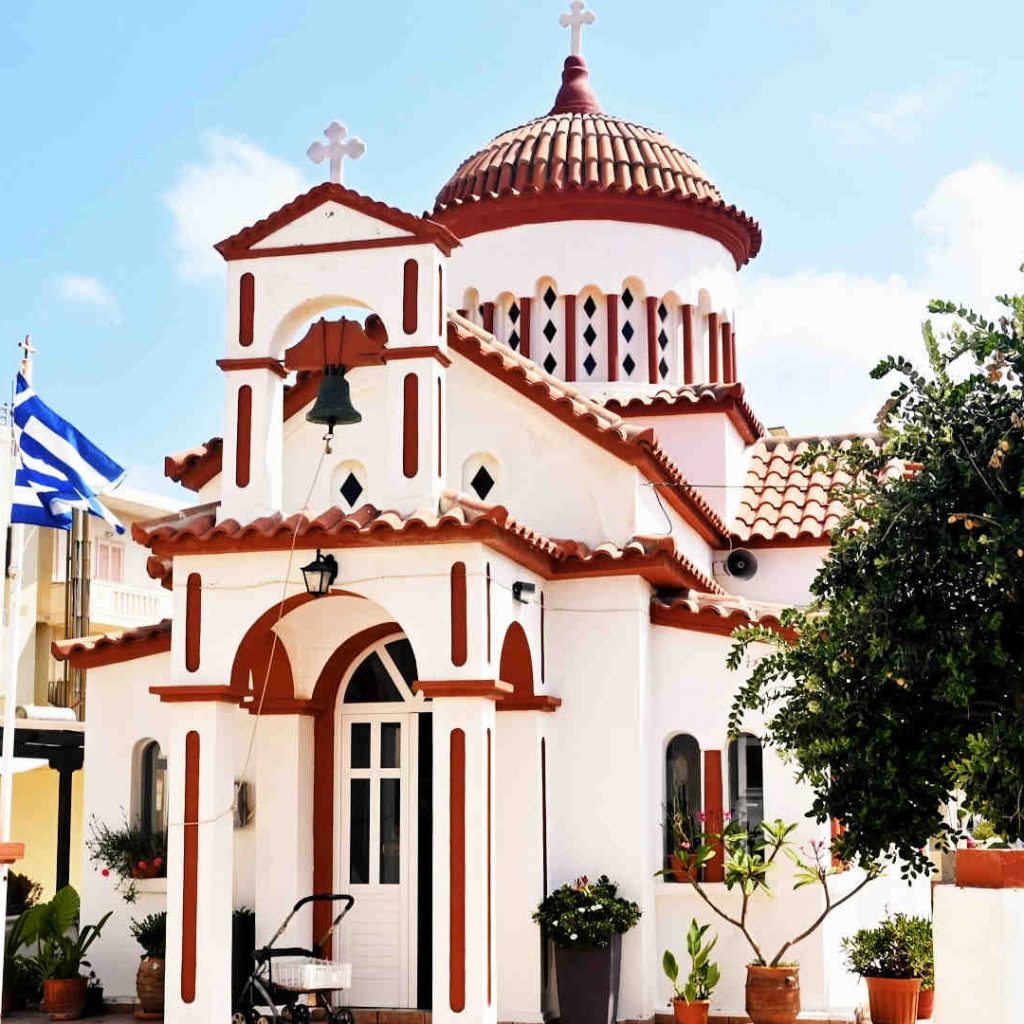
KISSAMOS
The Queen of the South!
City of Kissamos – also known as Kastelli Kissamou.
The fitting name to city: the Queen of the South! – because of her unique location, like a wonderful queen, stands out from the beauty of the fabulous countryside around!
The center of the former province of Kissamos: in the western part of the island of Crete.
After the former Venetian Castle, also known: Kastelli.
– fishing port, so the best quality fresh fish is always guaranteed
– the taverna Cellar, where we can get to know the traditional Cretan food and flavours – the password: Always from the heart! – With love! – Just for You!
– it is located on the shores of the wonderful Kissamos Bay
– the waters of the bay are pleasantly warm at 27 degrees Celsius in summer
– it is a favorite breeding place of dolphins (birthplace of dolphins)
– the sandy beach along the coast is ideal for all ages
– a city of historical monuments
– the churches and monasteries of the city are also unique
– the collection of the Archaeological Museum should not be missed
– Kissamos is the town, which built at the crossroads of the most beautiful beaches in the world: Balos, Falassarna, Elafonissi
– Chania is only 39,4 km away
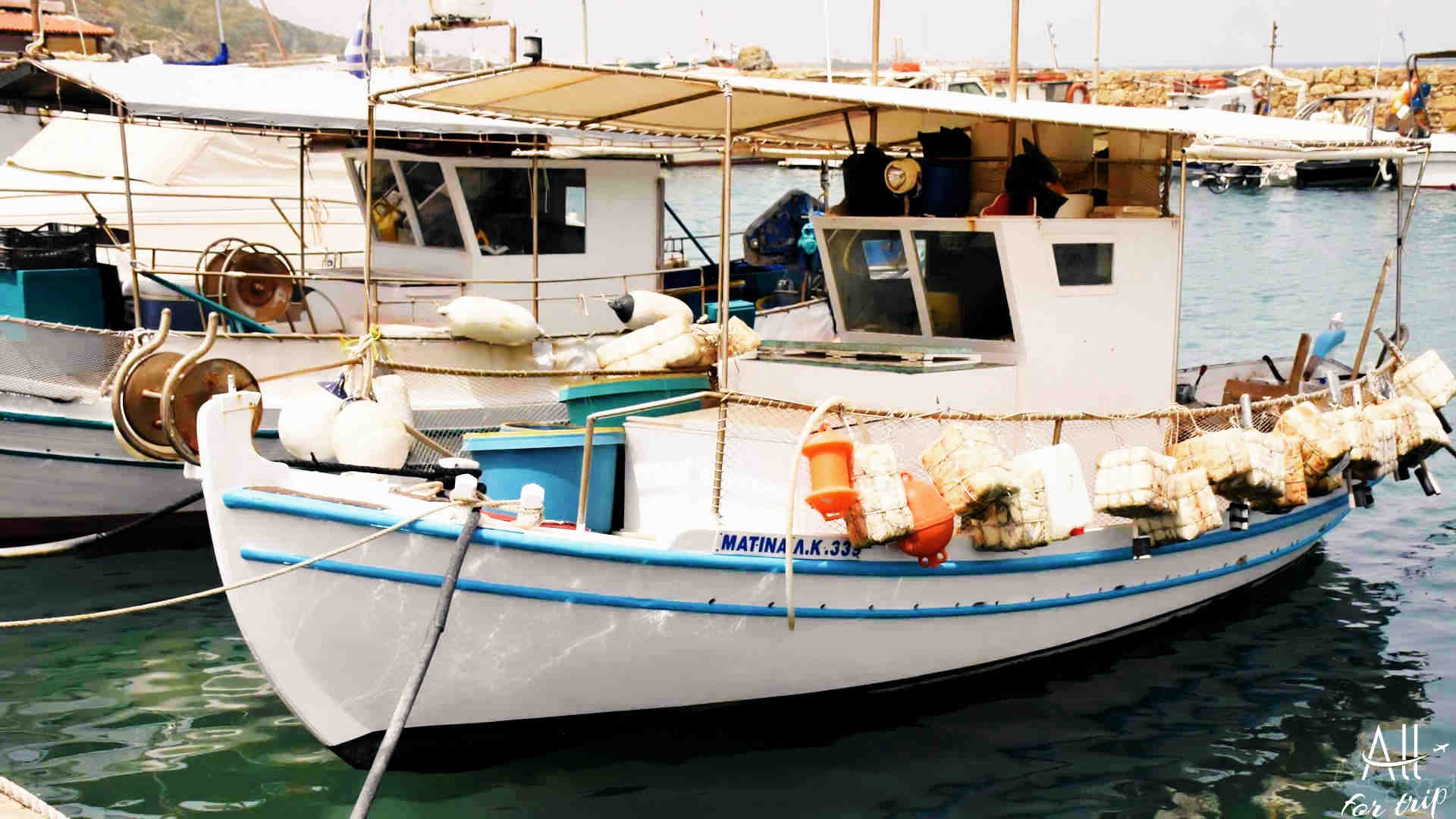
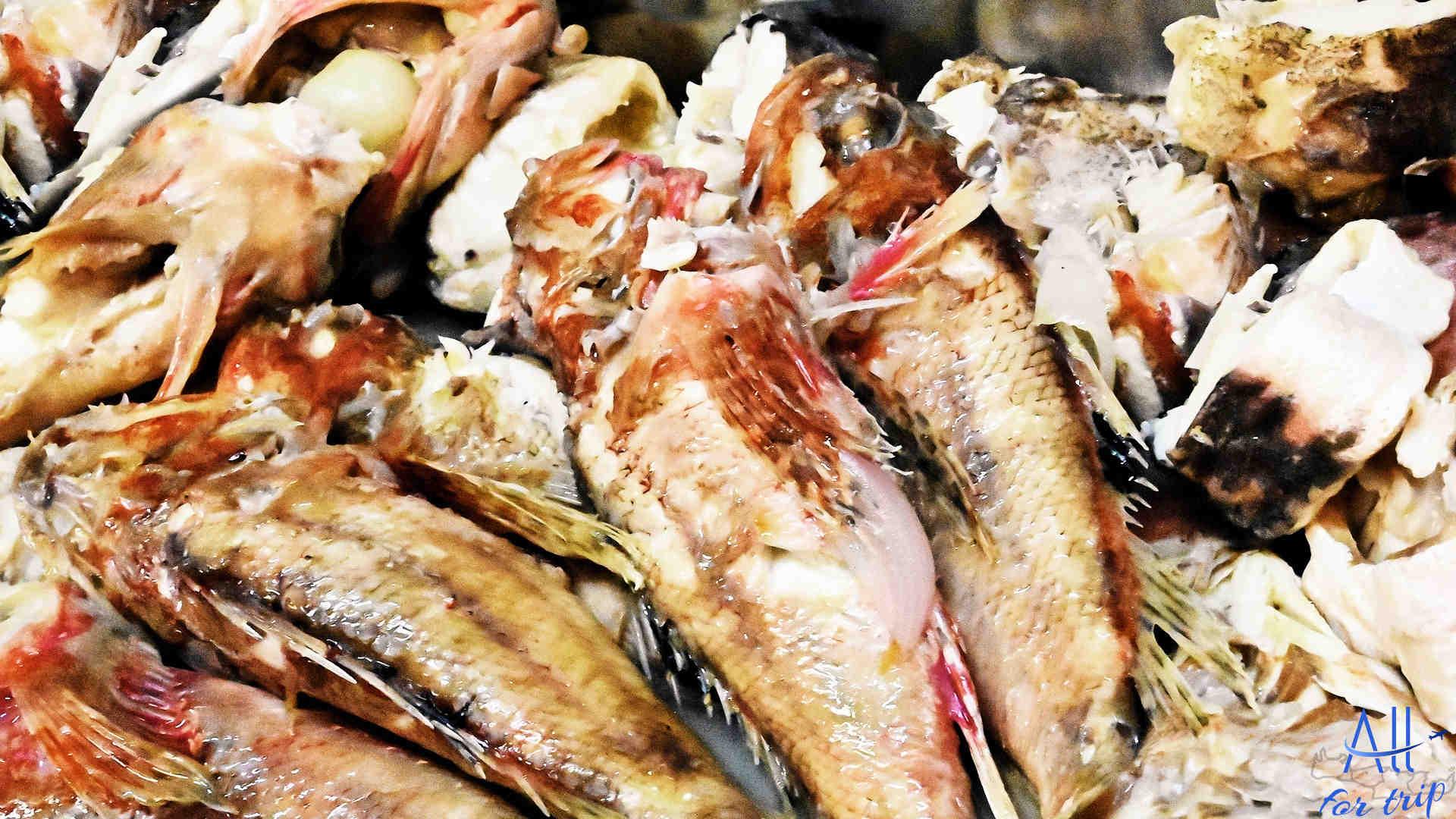
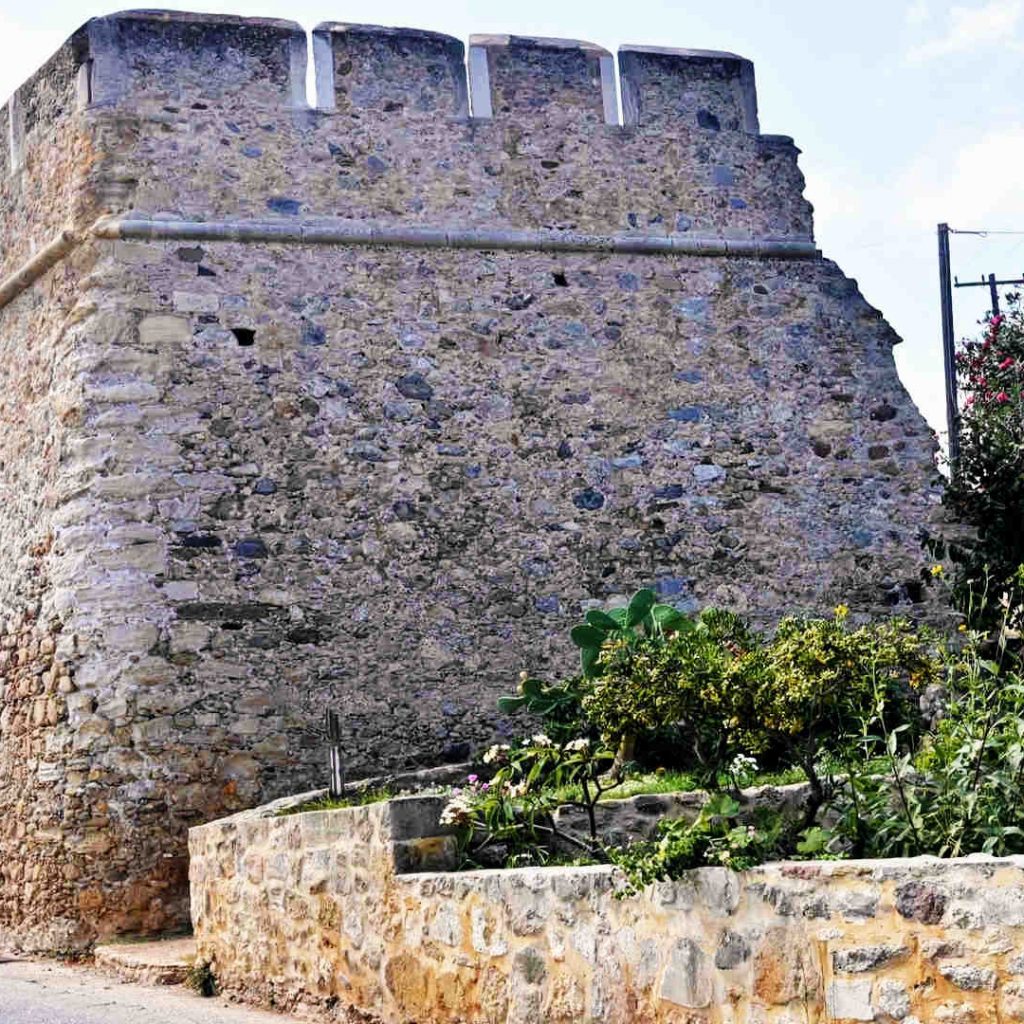
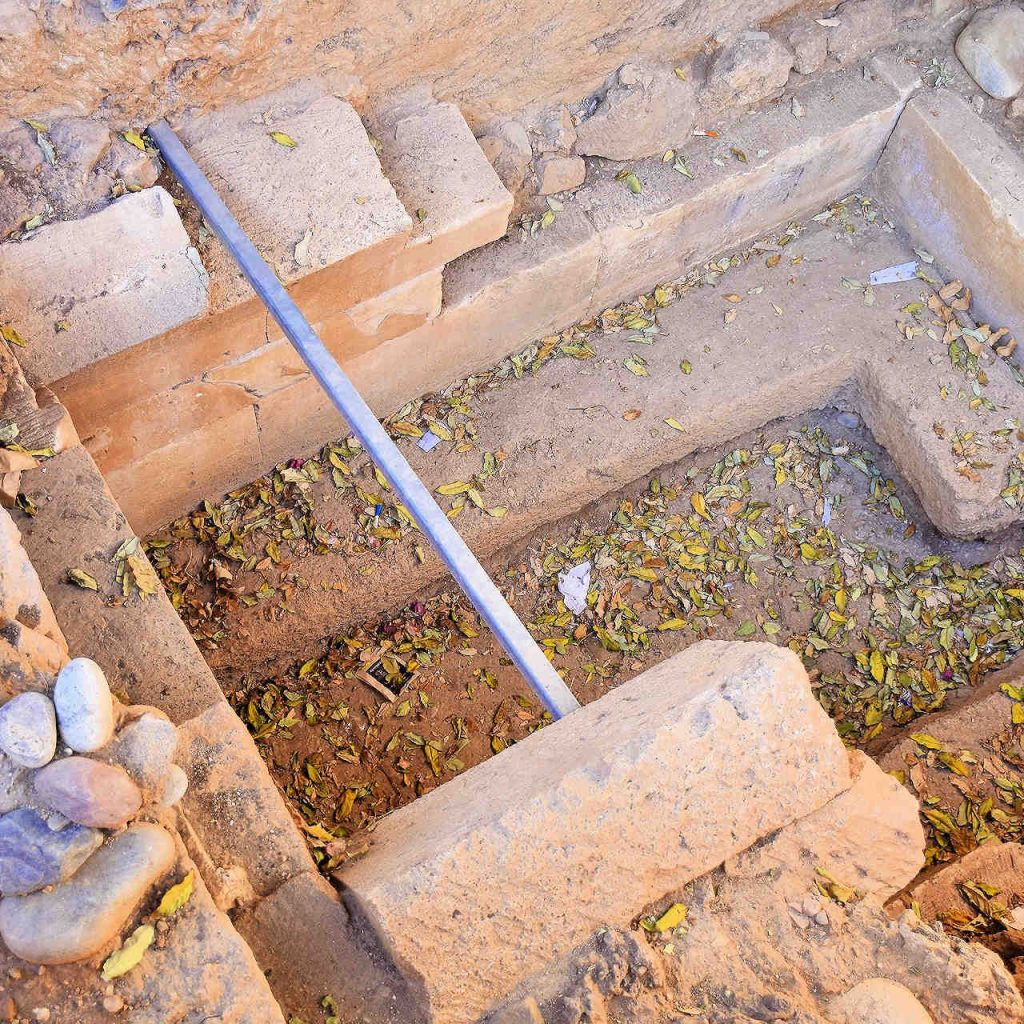
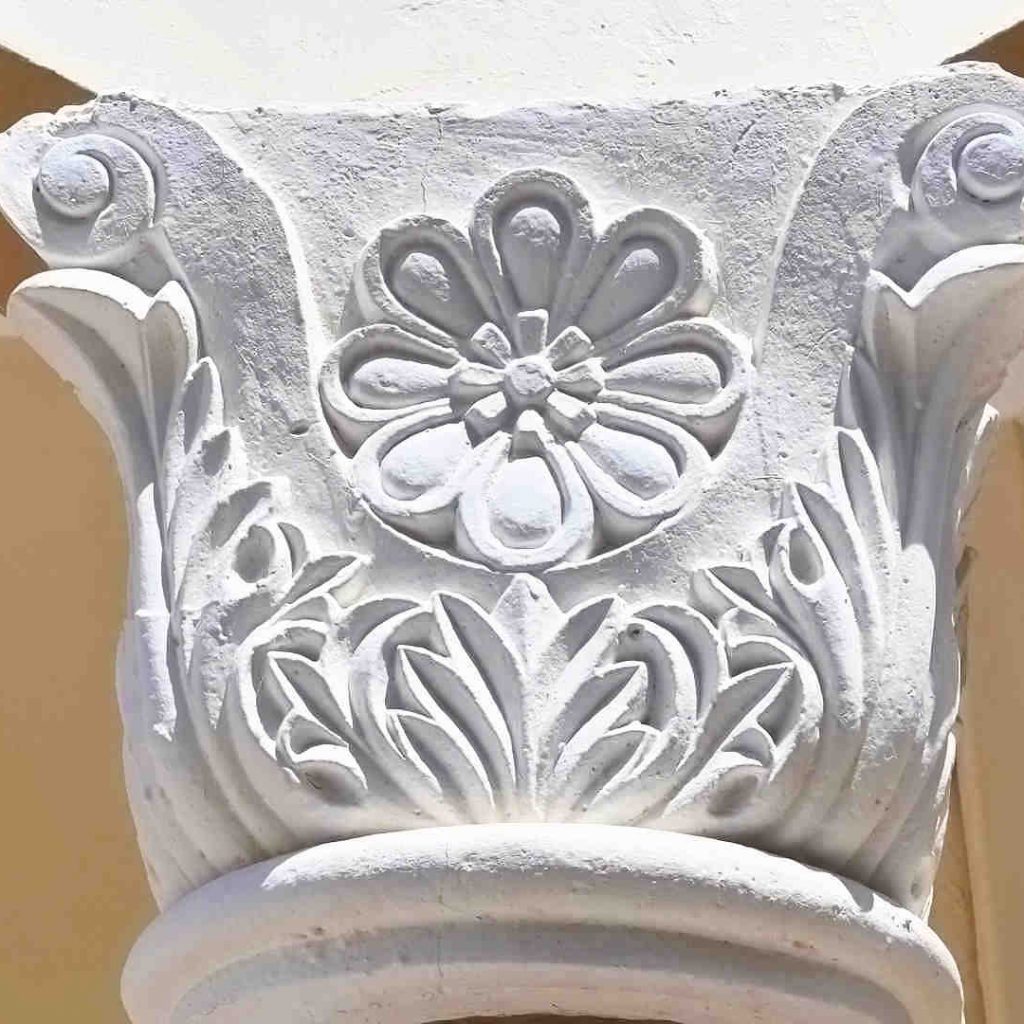
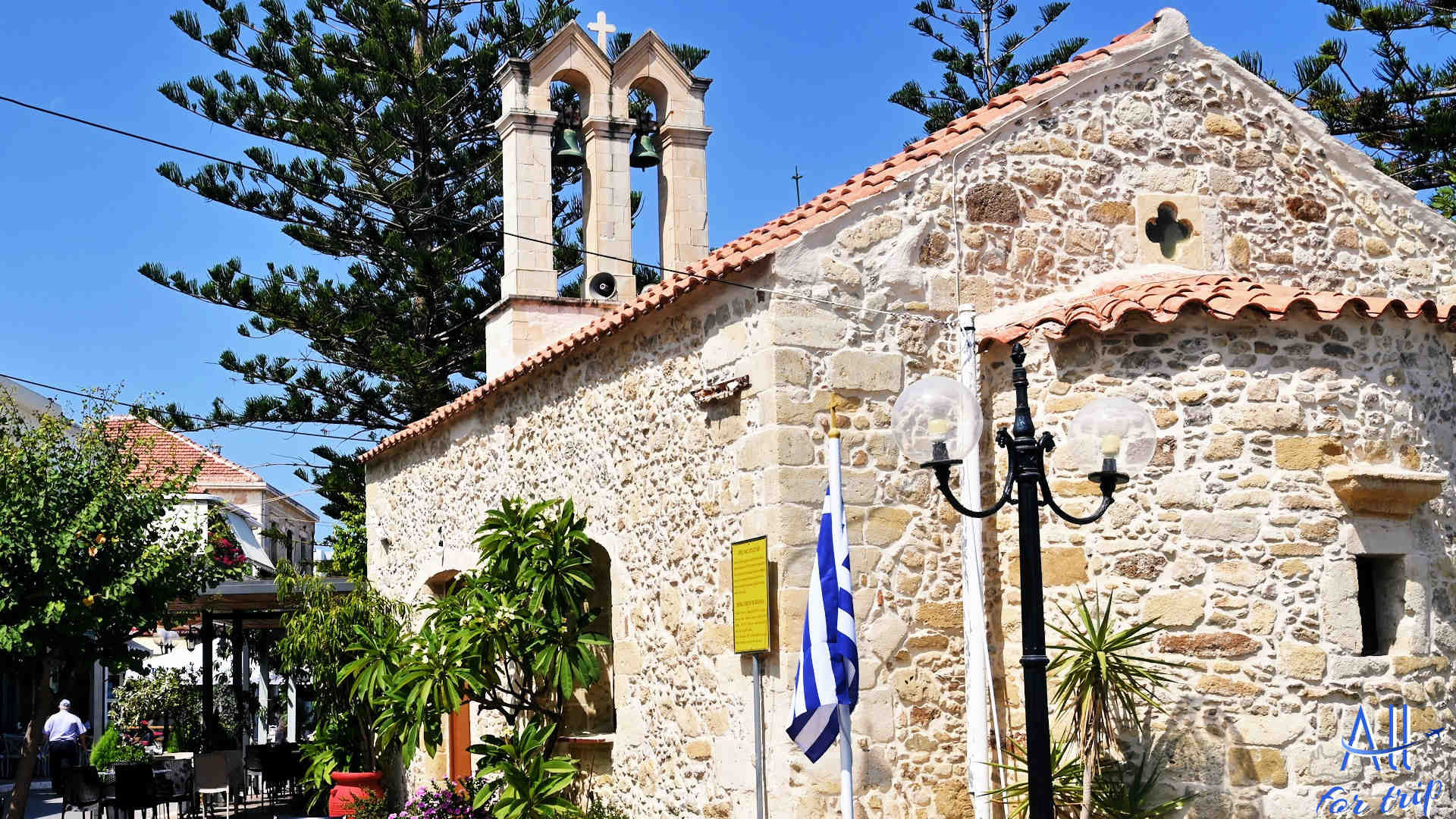
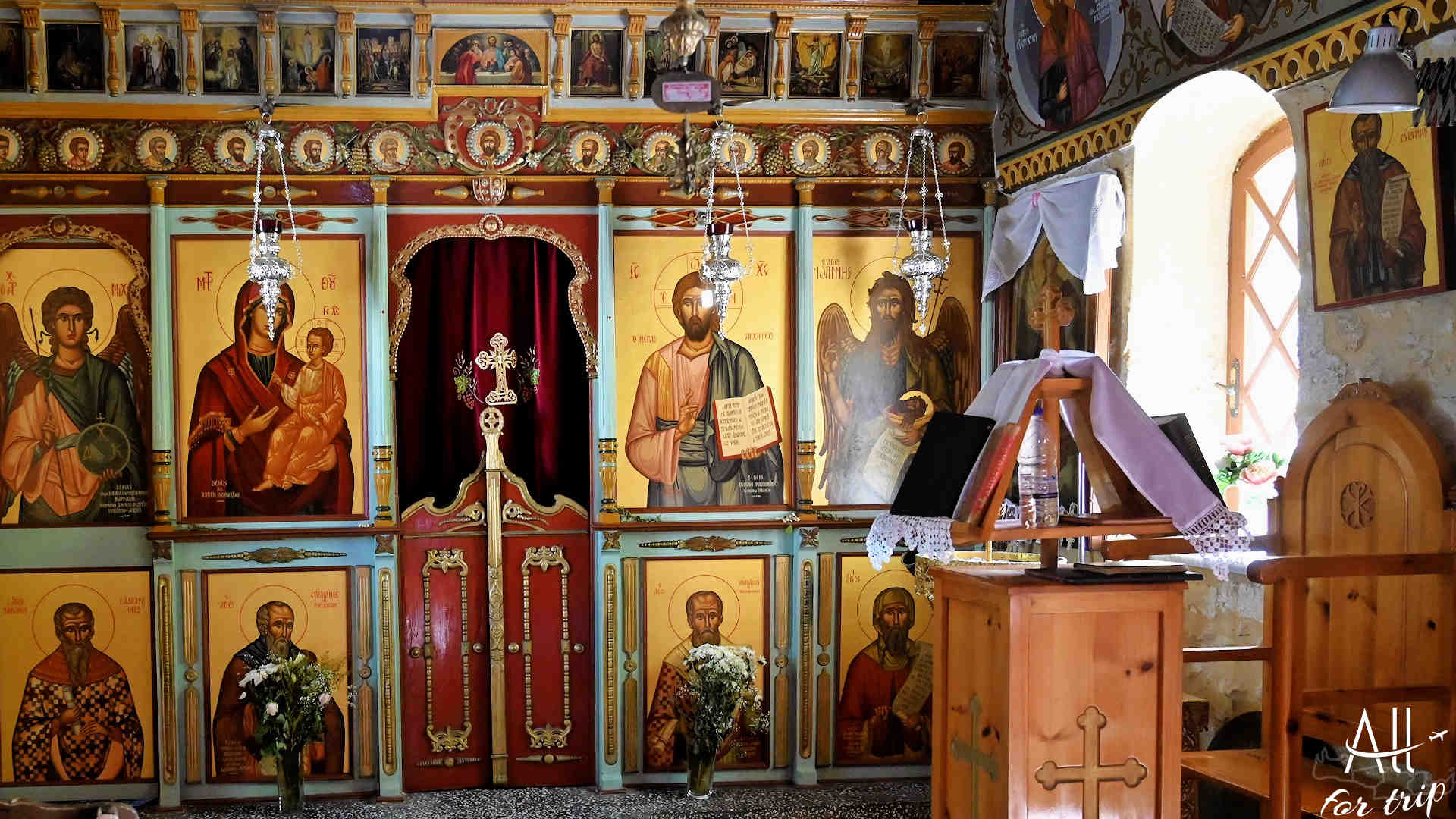
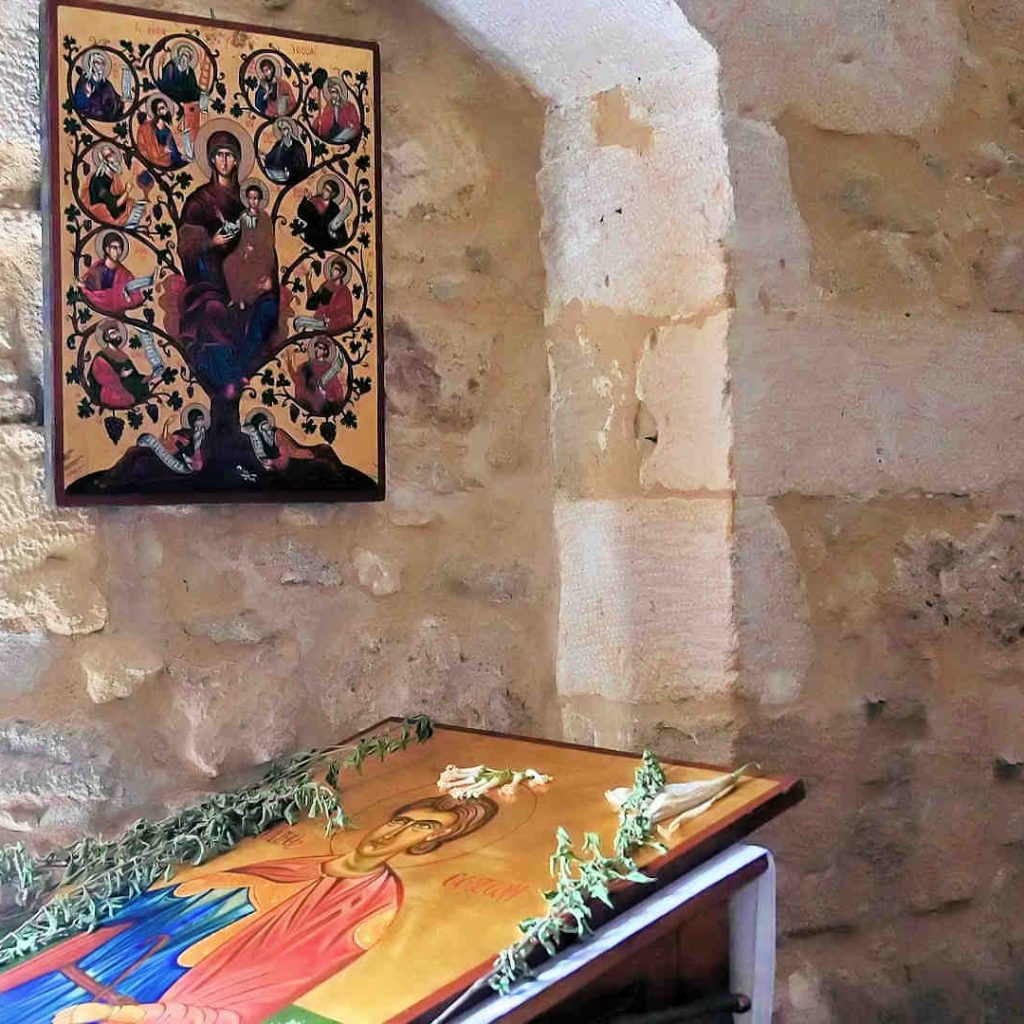
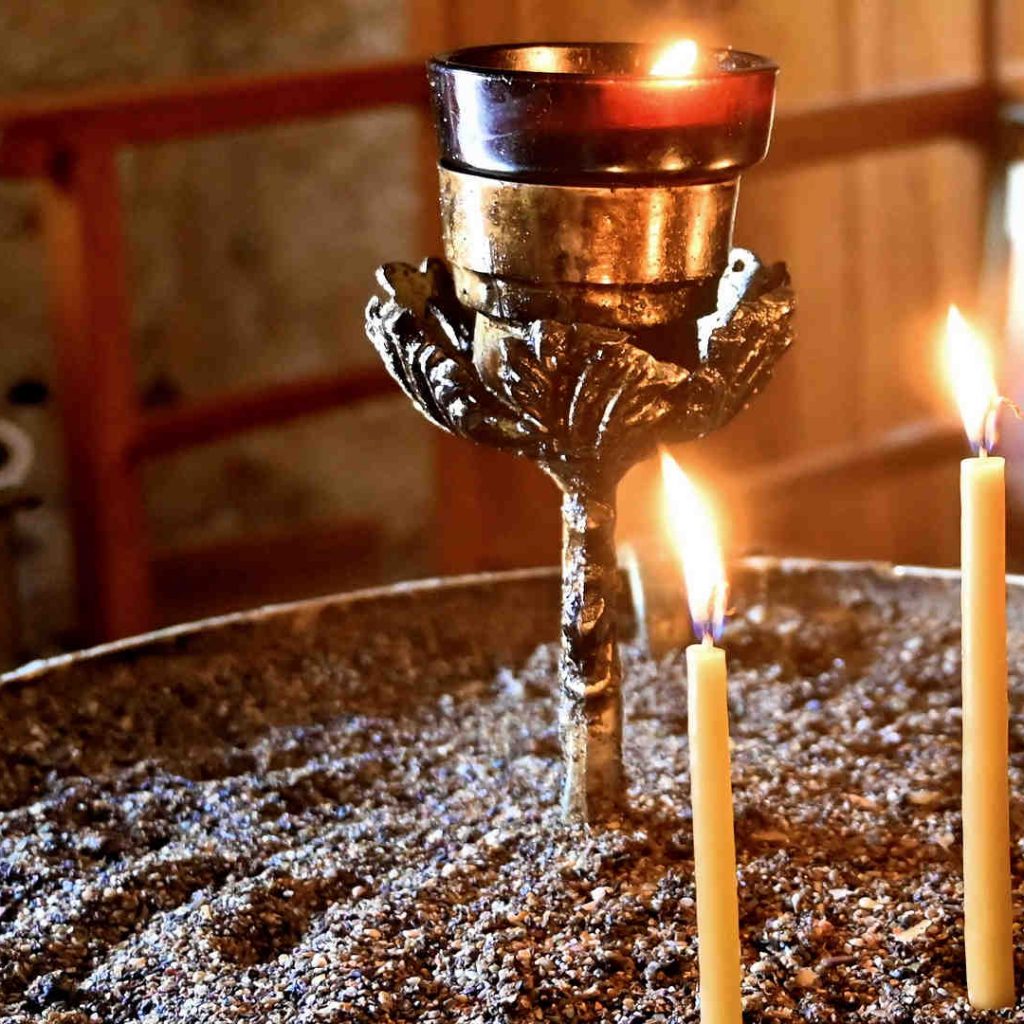
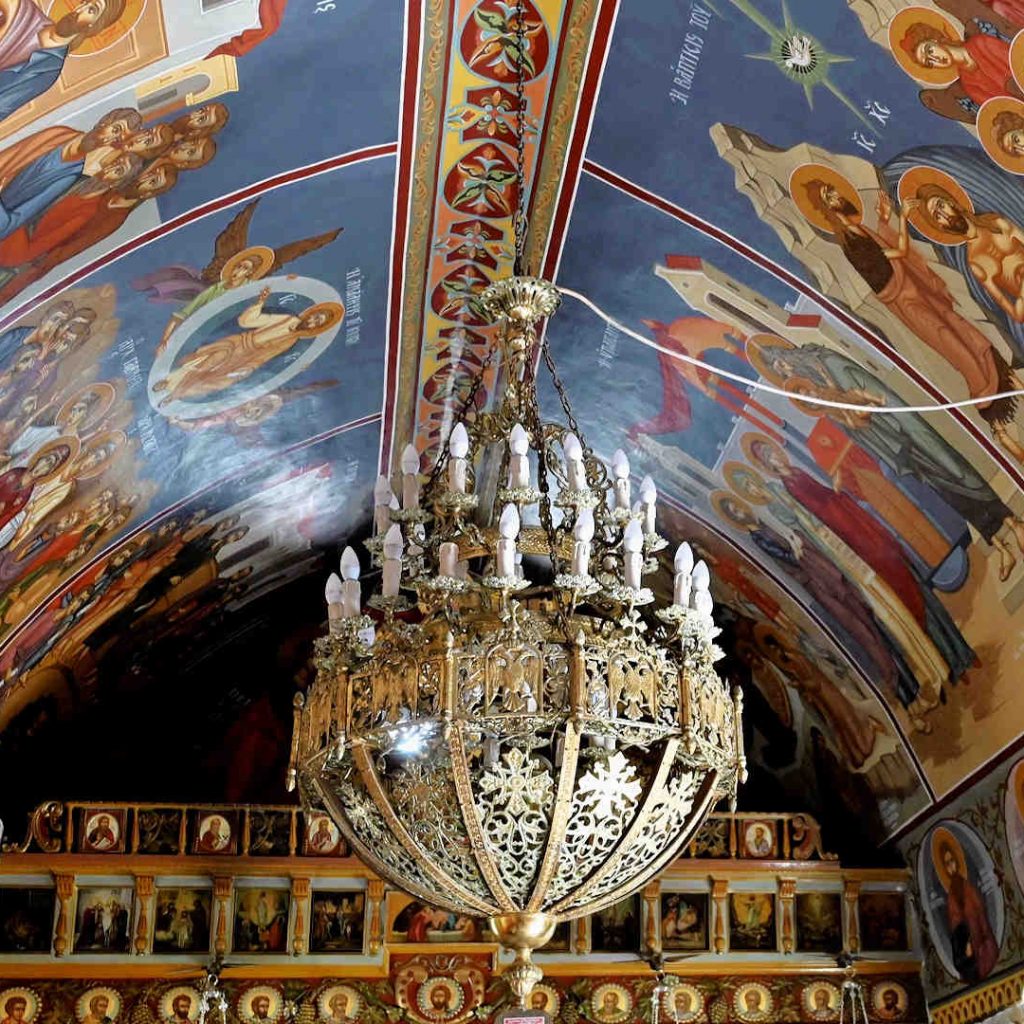
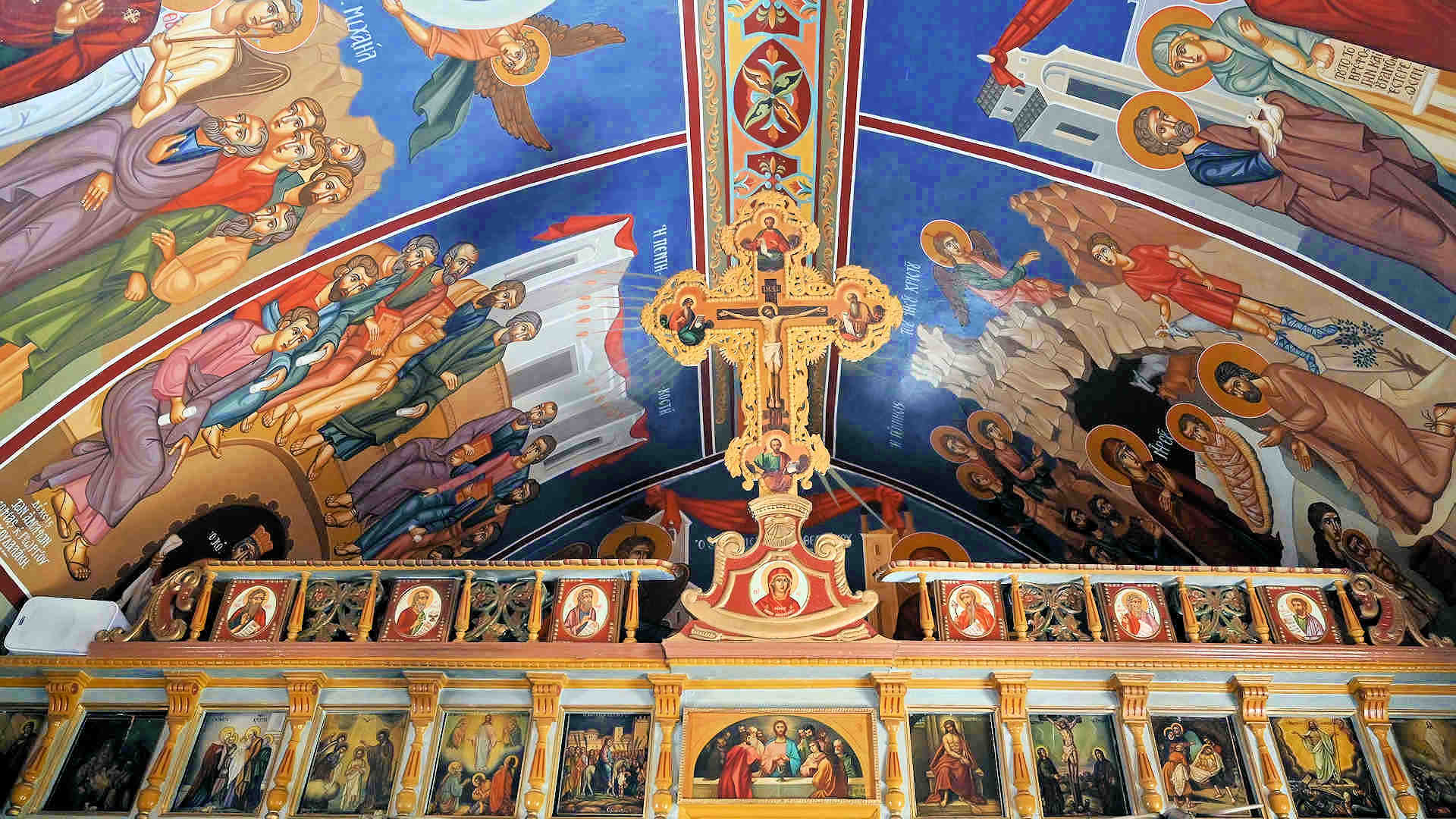
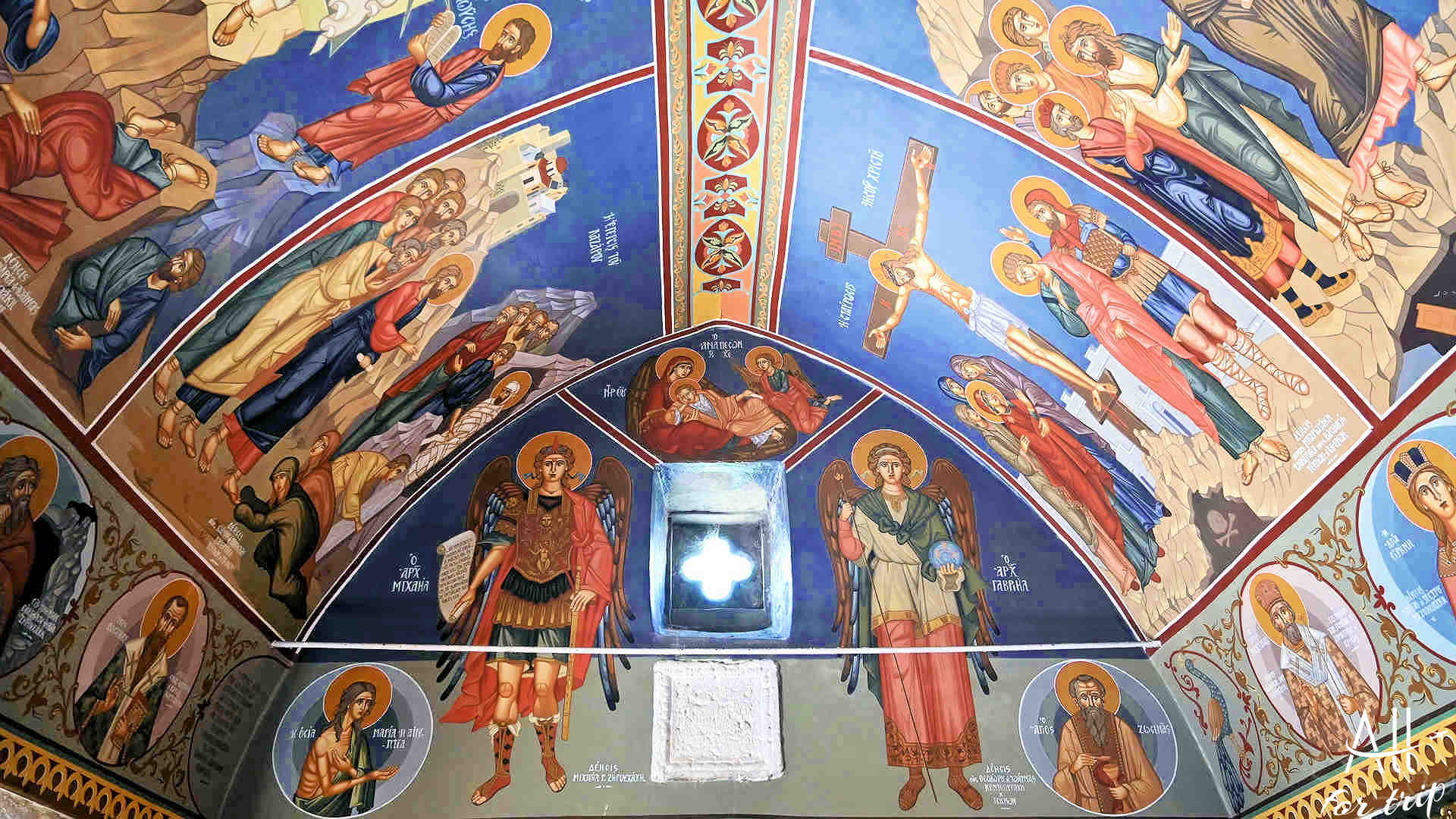



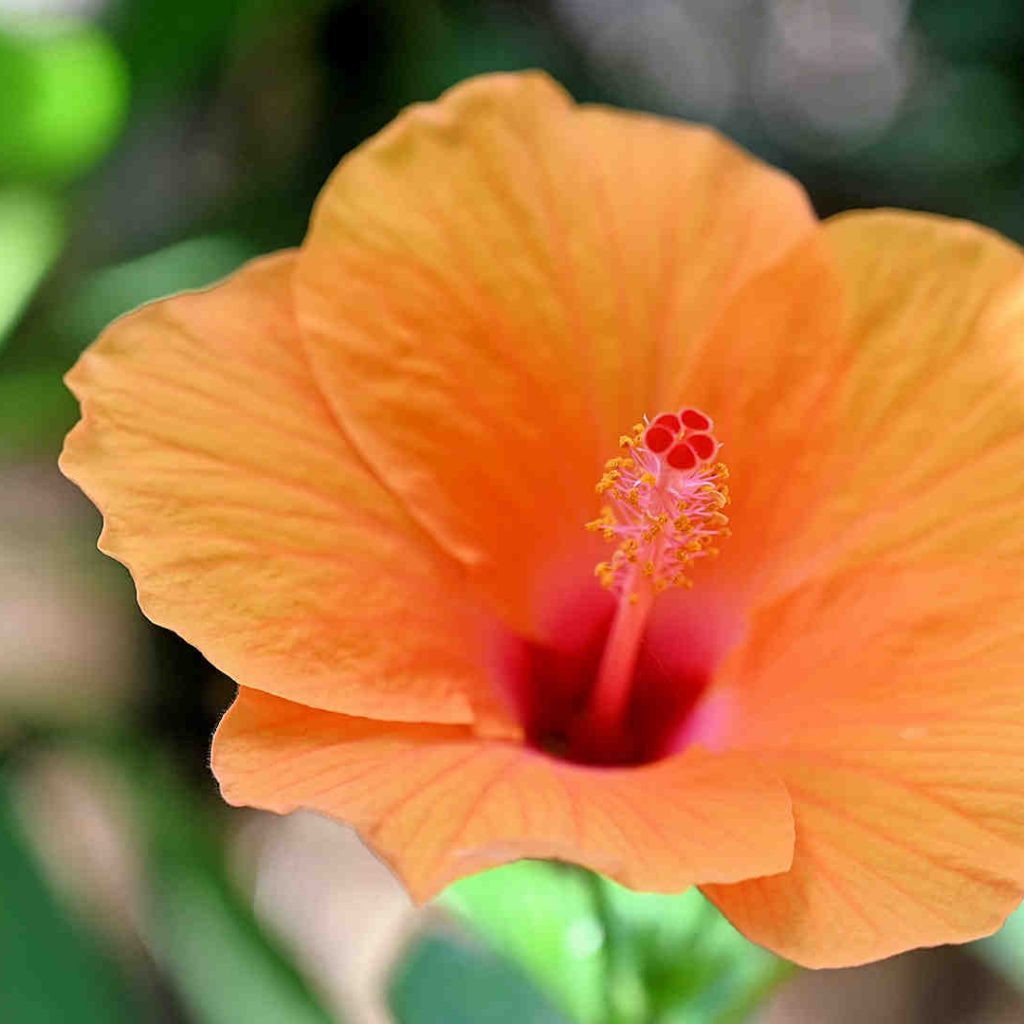
3000-2900 BC – Neolithic: the pottery from this period, the first evidence that people lived and worked in this area.
The first historical records of Kissamos were made by Strabo
Strabo (born 64 or 63 BC – died about 24 AD) is a Greek geographer, philosopher and historian
As described by Strabo:
– the ancient Cisamus depended from Aptera
– had its naval arsenal
– the port of Polyrrhenia was at Phalasarna on the west coast
The Tabula Peutingeriana
It is the ancient Roman road map, which presents the layout of the Cursus publicus, the road network of the Roman Empire.
The Tabula Peutinger is distinguishes two port cities called Cisamus, in western Crete.
– the port of Aptera was in Kissamos today
– according to some historians, Aptera is the same as Polyrrhenia and Kissamos is the same as the port of Polyrrhenia
– Ptolemy V Epiphane (born 9 October 210 BC – died September 180 BC) philosophe, confirms this statement
– Ptolemy referred to settlement as “Kissamos Polis.”
– numerous excavations find in the area show, that the city lived its heyday during the Roman and Byzantine periods
– ancient Kissamos was once a thriving
– had its own mint, right of coinage
– they had very extensive trade relations
– much of the ancient city, as it lies below present-day Kissamos: cannot be explored!
– Kissamos did not try to resist the Romans: he cooperated.
– the Romans built an aqueduct in the Krya Vryssi (“Cold Spring”) area
– roads, churches and villas were built
– the visitors to the city today: they can admire a archaic and Roman artifacts in the Archaeological Museum of Kissamos
– the sculpture collection is unique
– the most impressive is the statue of Emperor Hadrian
– at an archaeological site near the Medical Center: unique mosaics are shown
3rd century BC – Kissamos gained independence
66 AD – a major earthquake destroyed many buildings in Kissamos
365 AD – the largest and most devastating earthquake, that almost completely destroyed Kissamos and its surroundings
In the Byzantine period
– Kissamos became the episcopal seat
– several churches were built during this period
9th century – occupied by the Saracens
In the Venetian period
1212 – beginning of the Venetian conquest in Kissamos. Kissamos then became a Latin ecclesiastical diocese
1252 – the Venetians build the city wall of Kastelli
– the city was designed and built with public buildings, along the main street crossing the east side of Kastelli. Today this section is known as Canevaro Street
– the Venetians also built a large pentagonal fortress
– housed in the fortress: the chapel, the prison, the barracks and the well
– under the Venetians, the city flourished
16th century – the Venetian nobility chose to build their castles in the Venetian Mannerist style of the time
– a huge cathedral was also built, dedicated to the Virgin Mary
– during the German bombing in 1941, the cathedral was destroyed
1646 – the fortress was no longer able to defend the city
– the fortress couldn’t take the siege any longer
– the commander of the fortress, Giovanni Medini, opened the gates of the city to the Turks
– the Turkish occupation was a tough time for Kastelli
– large Cretan families converted to Islam
– the narrow stair gate of the city, in the south, was known “Skalakia” (“little steps”).
1823 – Emmanuel Tombazis becomes the new High Commissioner of Crete
– Tombazis surrounds the fortress with Dimitrios Kallergis and 600 Cretan warriors
– the Turks were forced to surrender.
– the fort changed hands several times before the last liberation of Crete
1897 – the last siege of the fortress
– the Christians blew up the Kounoupitsa tower
– this forced the Turks to turn to the great powers for help
Kissamos in World War II
1941 – Kissamos is bombed
– after the fall of Maleme Airport and the end of the Battle of Crete, the city was looted by the Germans
1945 – the Germans blow up the harbor and destroy many houses
1966 – the name Kastelli is changed to Kissamos
The authorities have decided, that too many confuse Kastelli with another city of this name, near Heraklion in Crete. Therefore, the official name was changed to Kissamos.
To this day, the city is still often called Kastelli or Kissamos-Kastelli.
The city of Kissamos today
– the city is a very nice resort on the shores of the attractive Bay of Kissamos
– preserved its individuality: a city where we can truly learn about Cretan traditions, the world-famous Greek hospitality, the gourmet food and delicious flavours
The Archaeological Museum of Kissamos
– the museum was set up in the palace of the Venetian governor, located in the main square of Kissamos
– this is an old Venetian-Turkish government house
– the exhibitions present the history of the city and the surrounding area
– from prehistory to late antiquity
– interesting memories of the early Christian era
– we can also see artifacts, from the excavations of the ancient city state of Falassarna
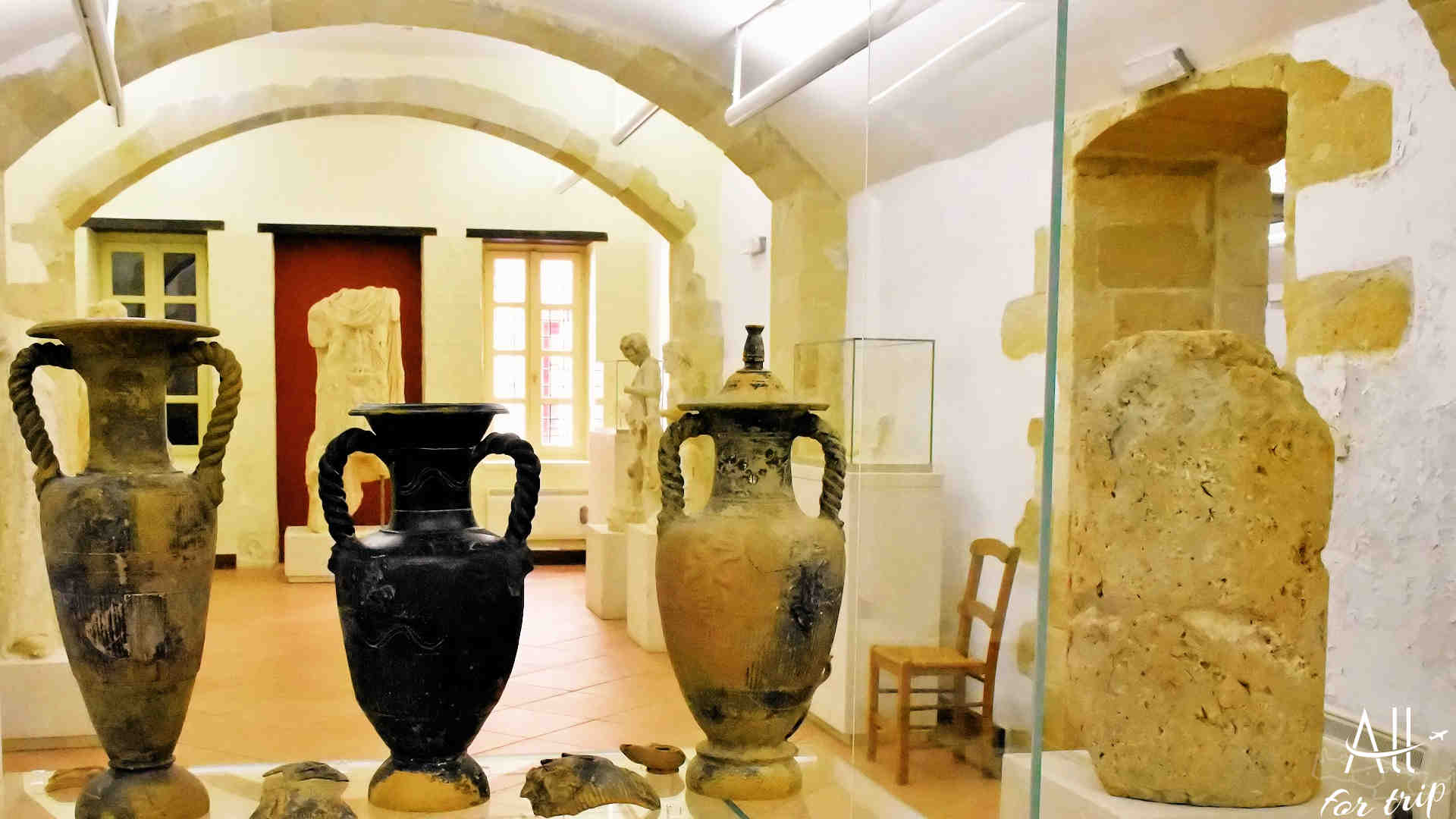
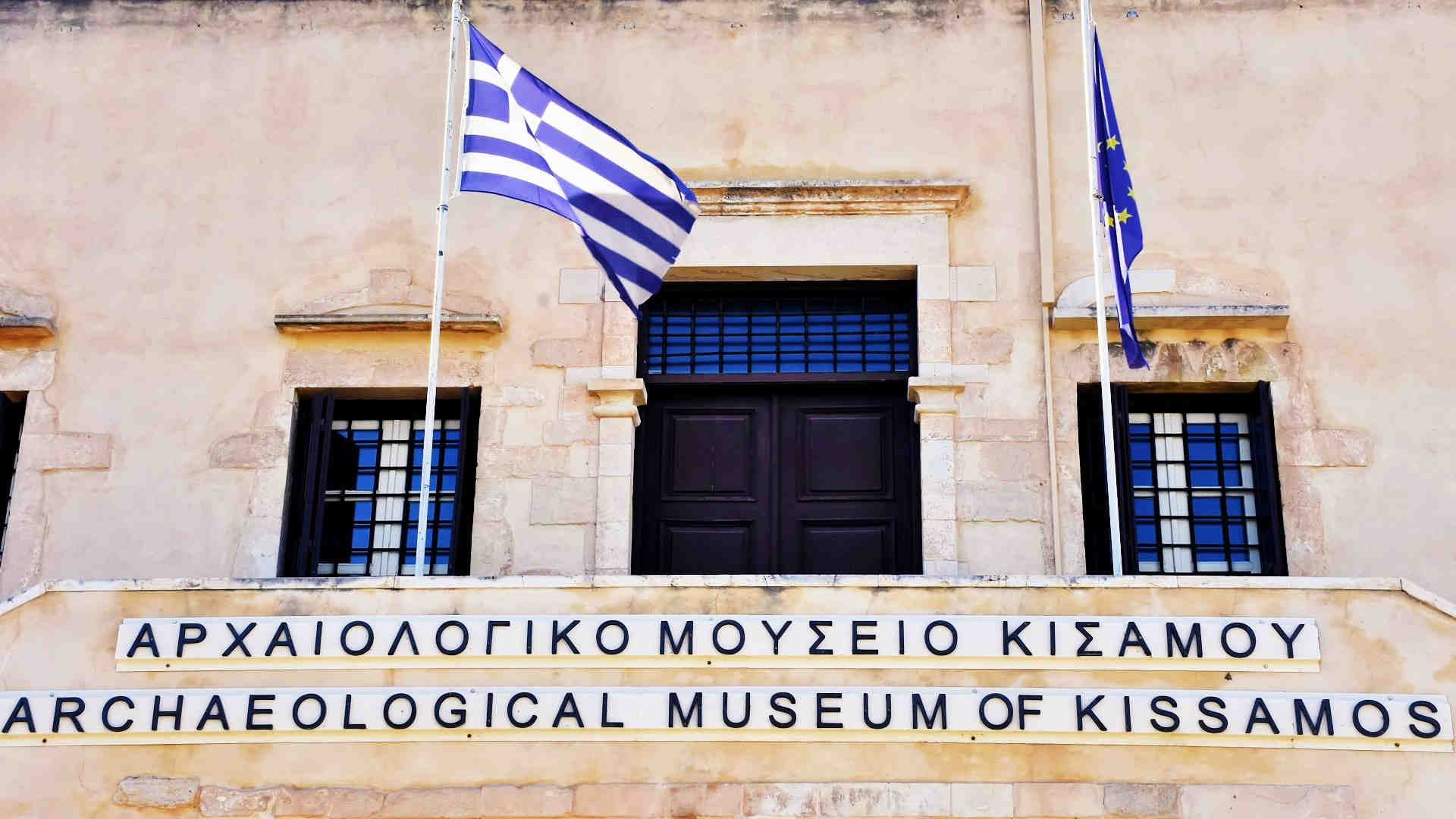
– we can see valuable mosaics
– the finds are grouped in chronological order and by topics
– numerous visual explanations help you navigate, on the adventurous historical journey
– 365 – the greatest earthquake of antiquity – this is illustrated by a very interesting multimedia presentation
– it was the earthquake, what destroyed Kissamos and its surroundings
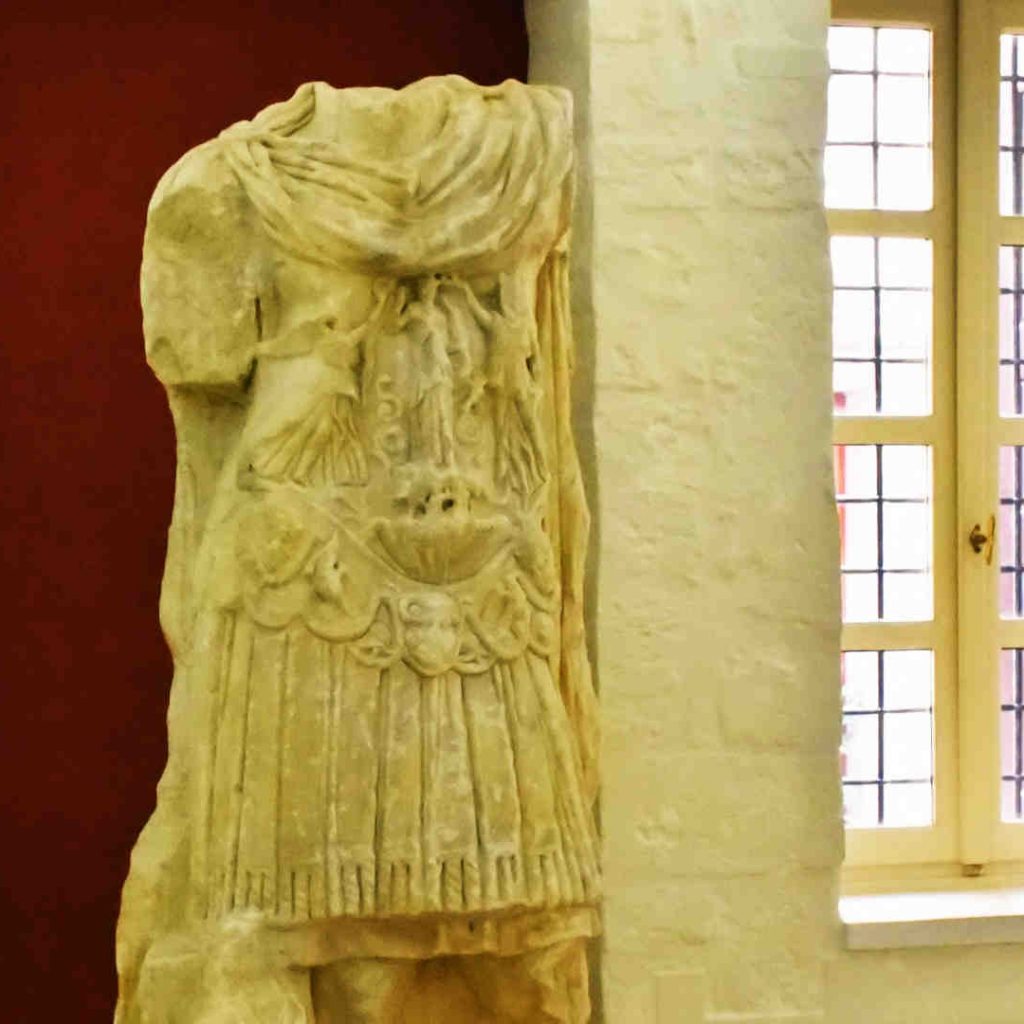
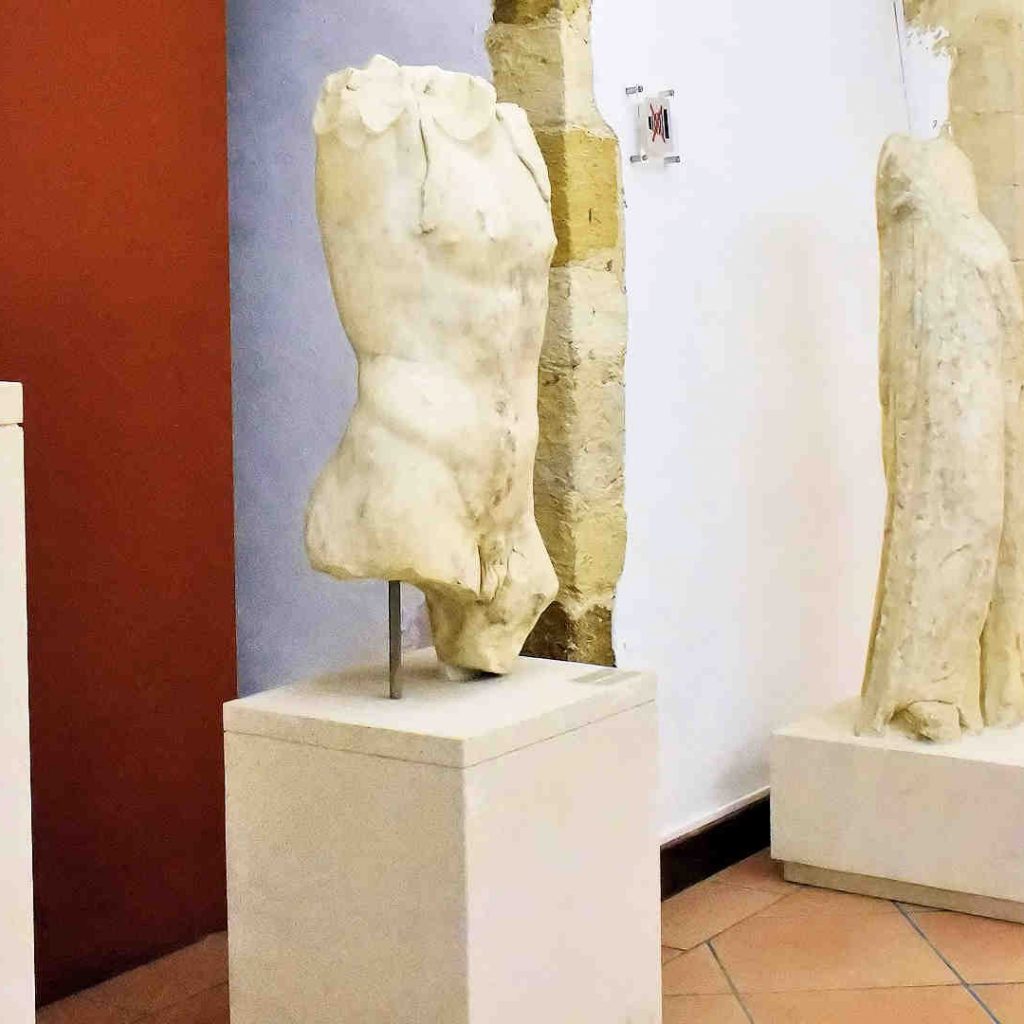
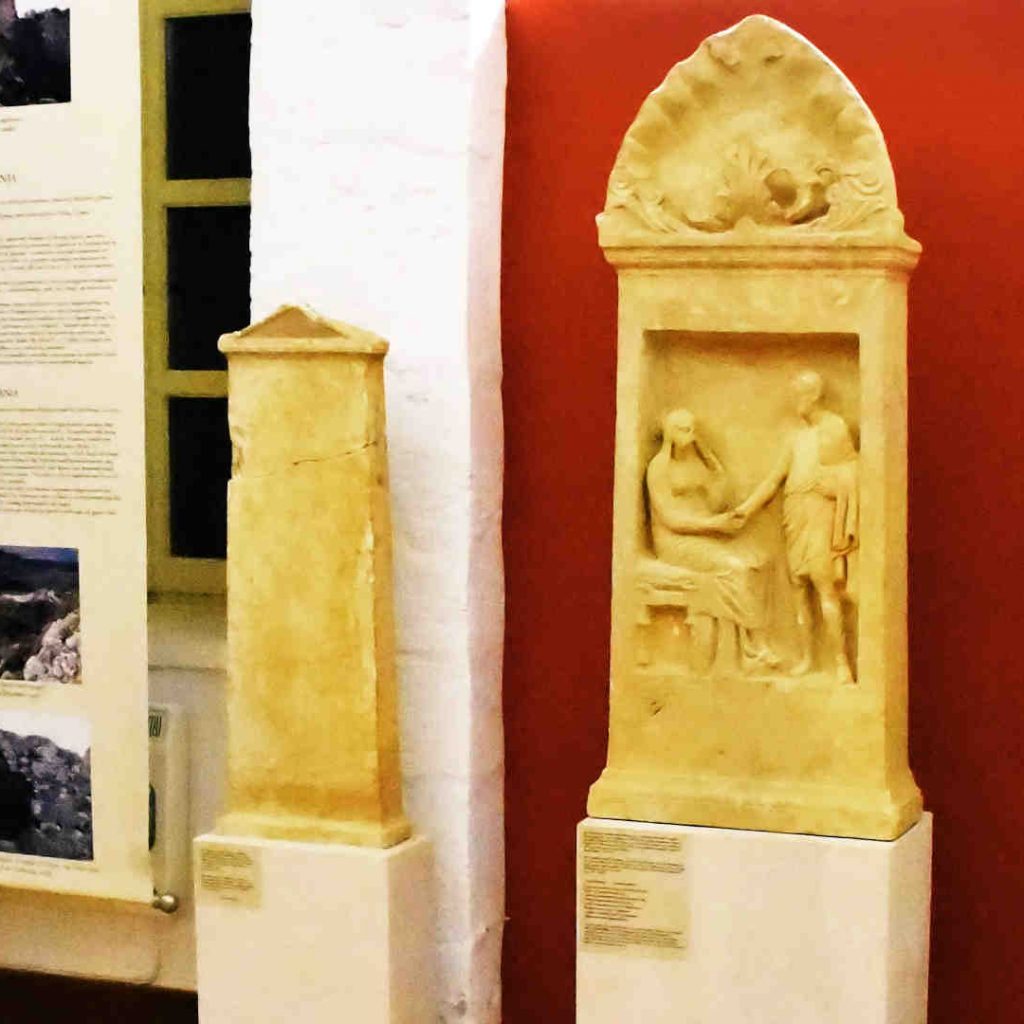
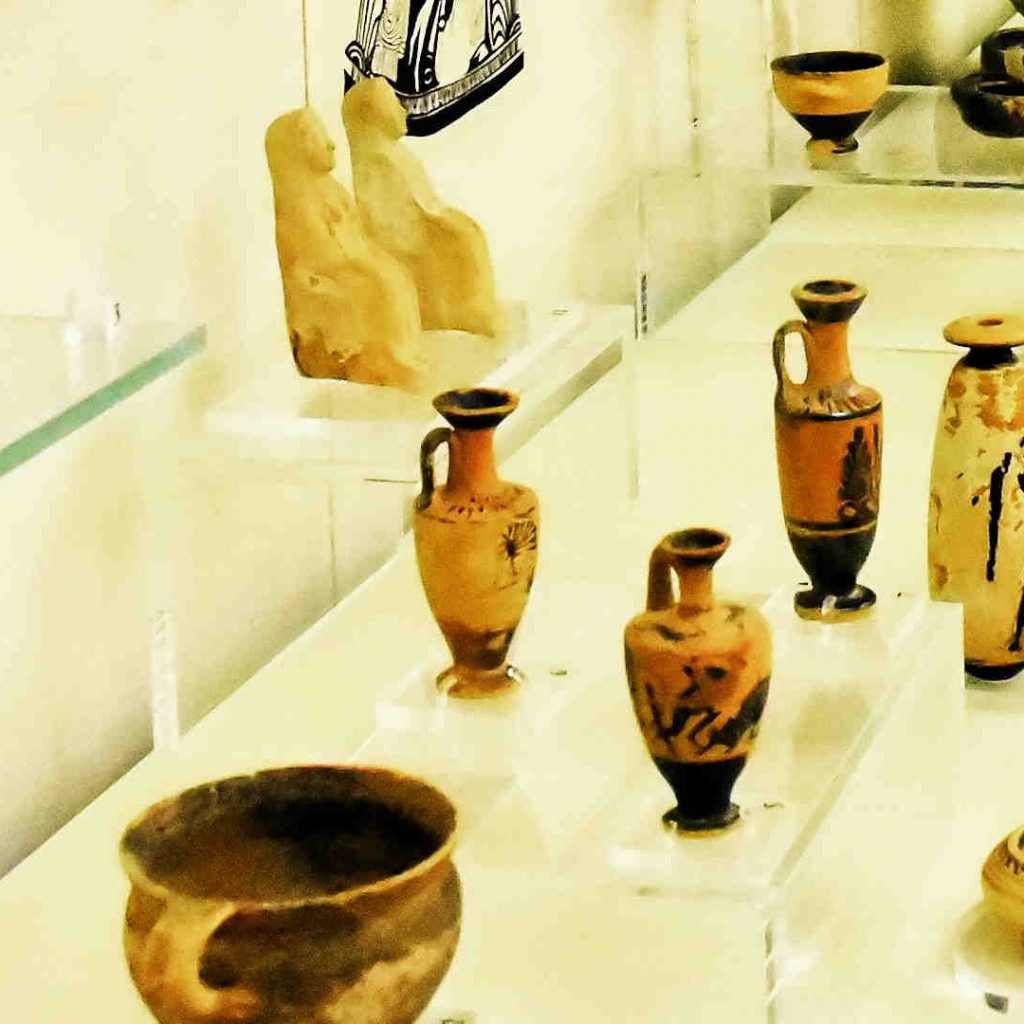
WELCOME the disabled in the museum!
– barrier-free access at the entrance (with ramp)
– the building has a lift for the disabled
– the building has a separately toilet for the disabled
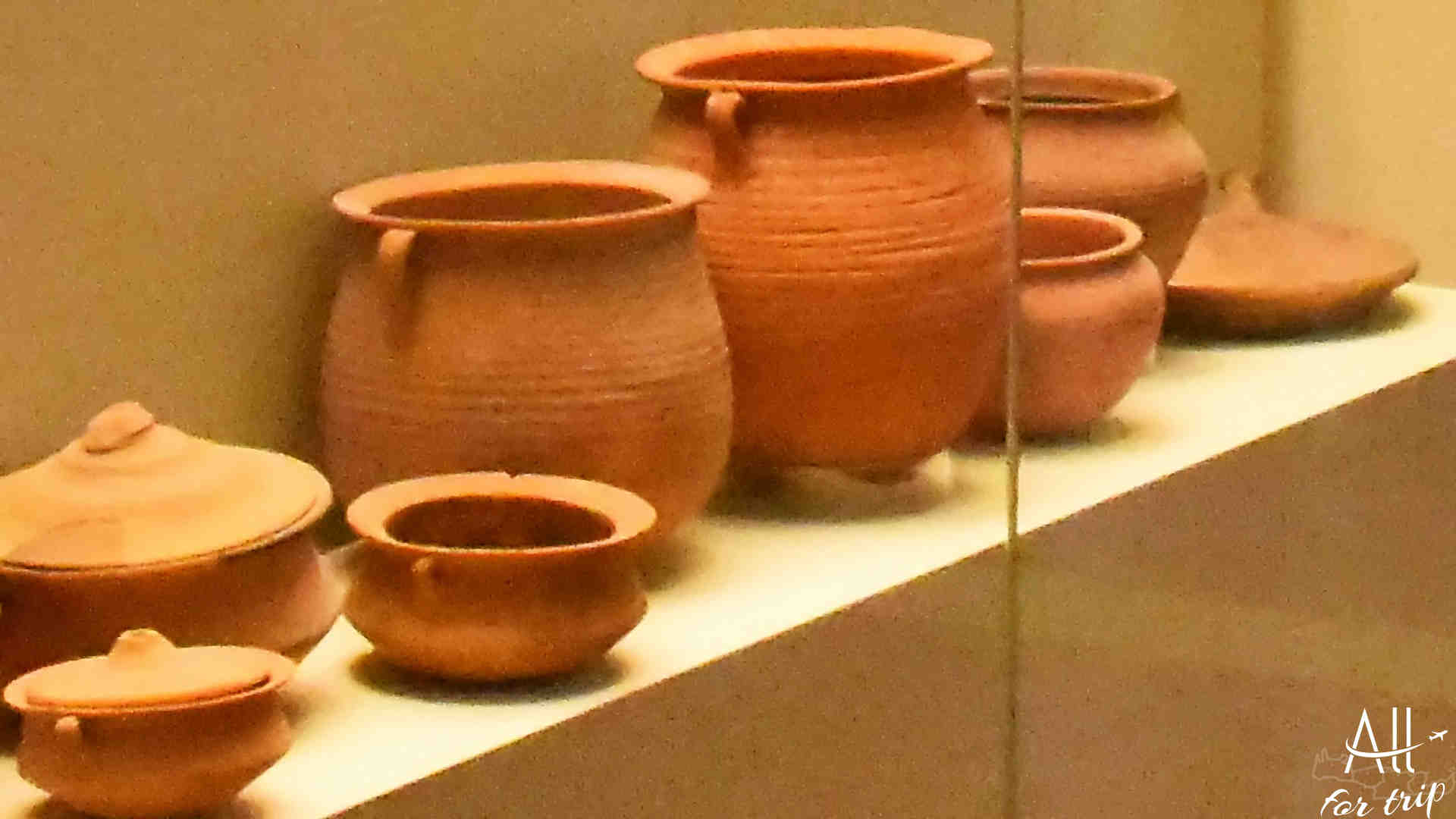
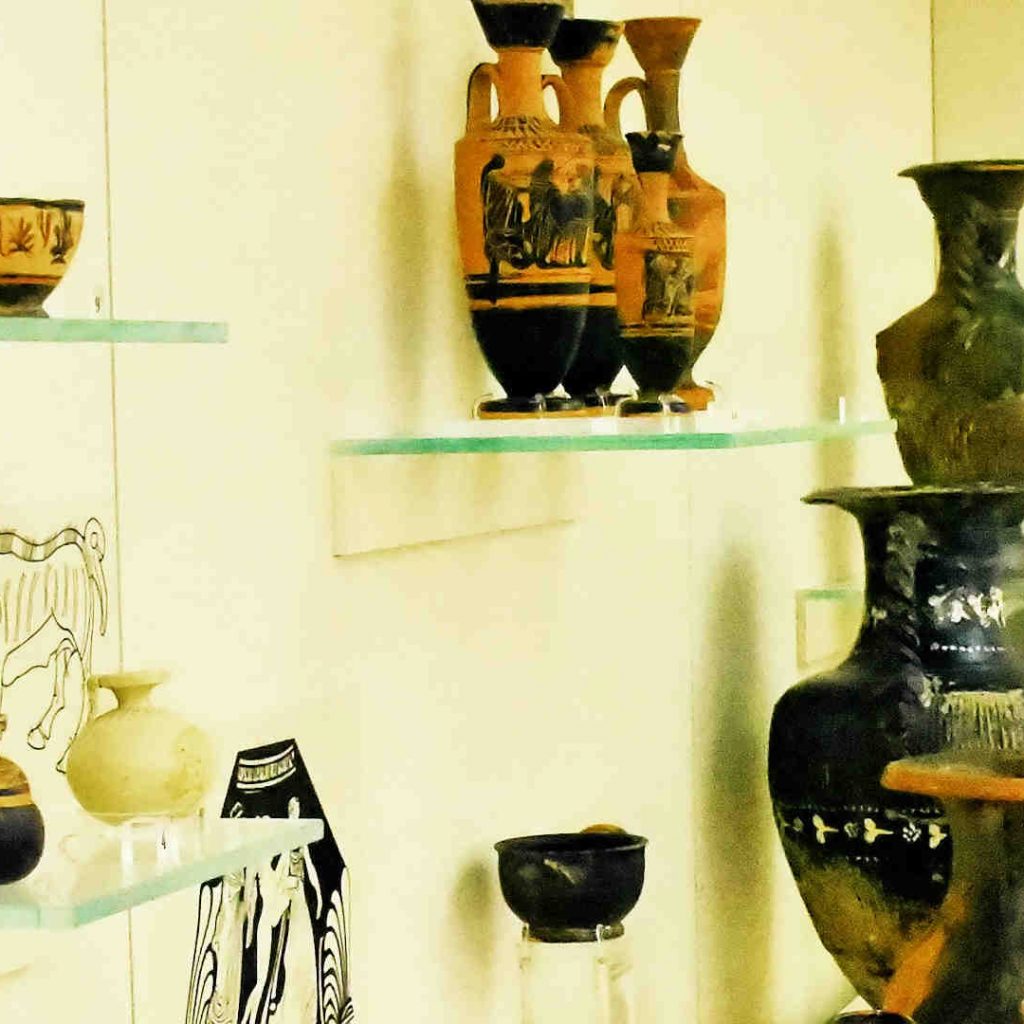
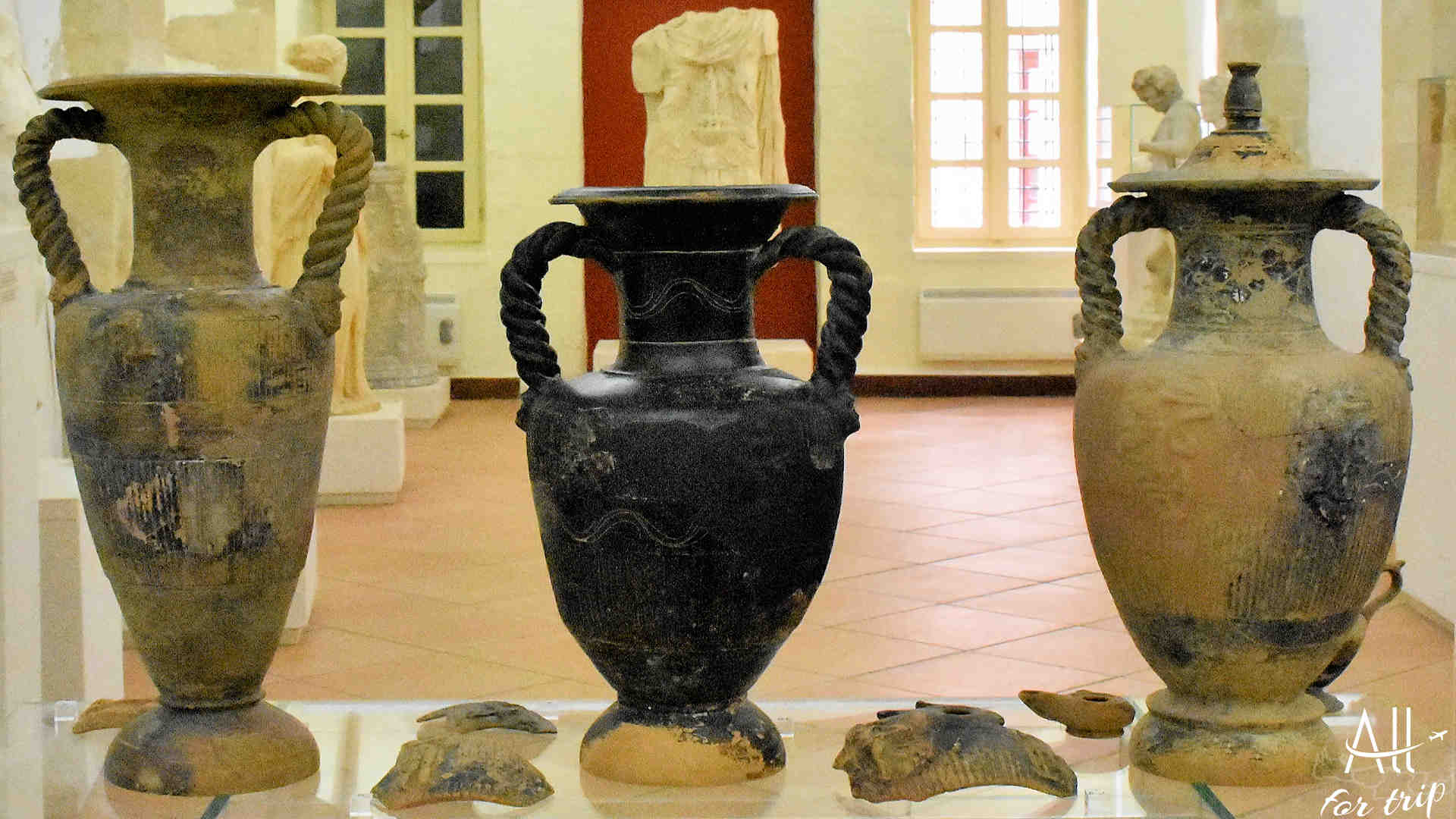
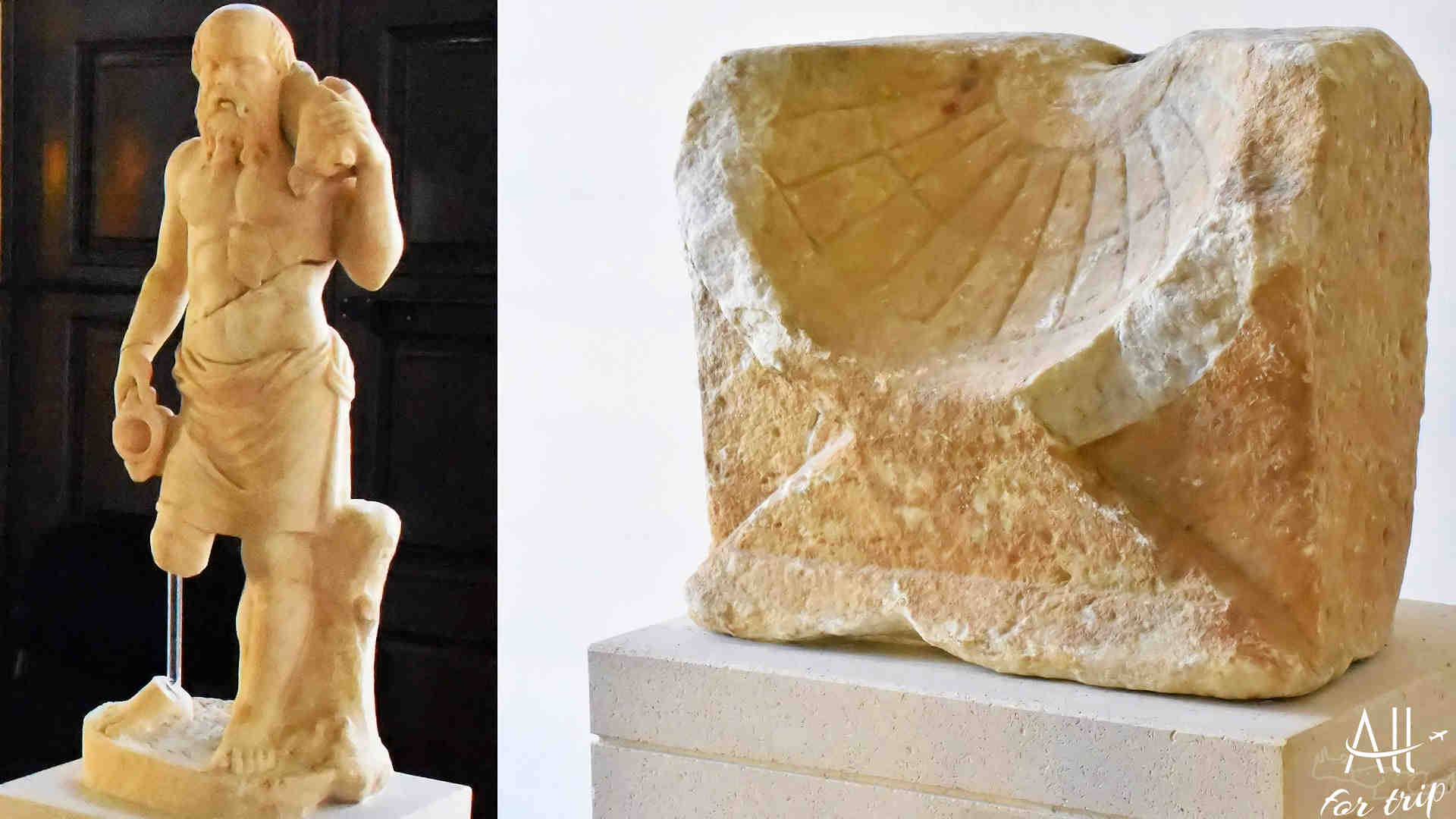
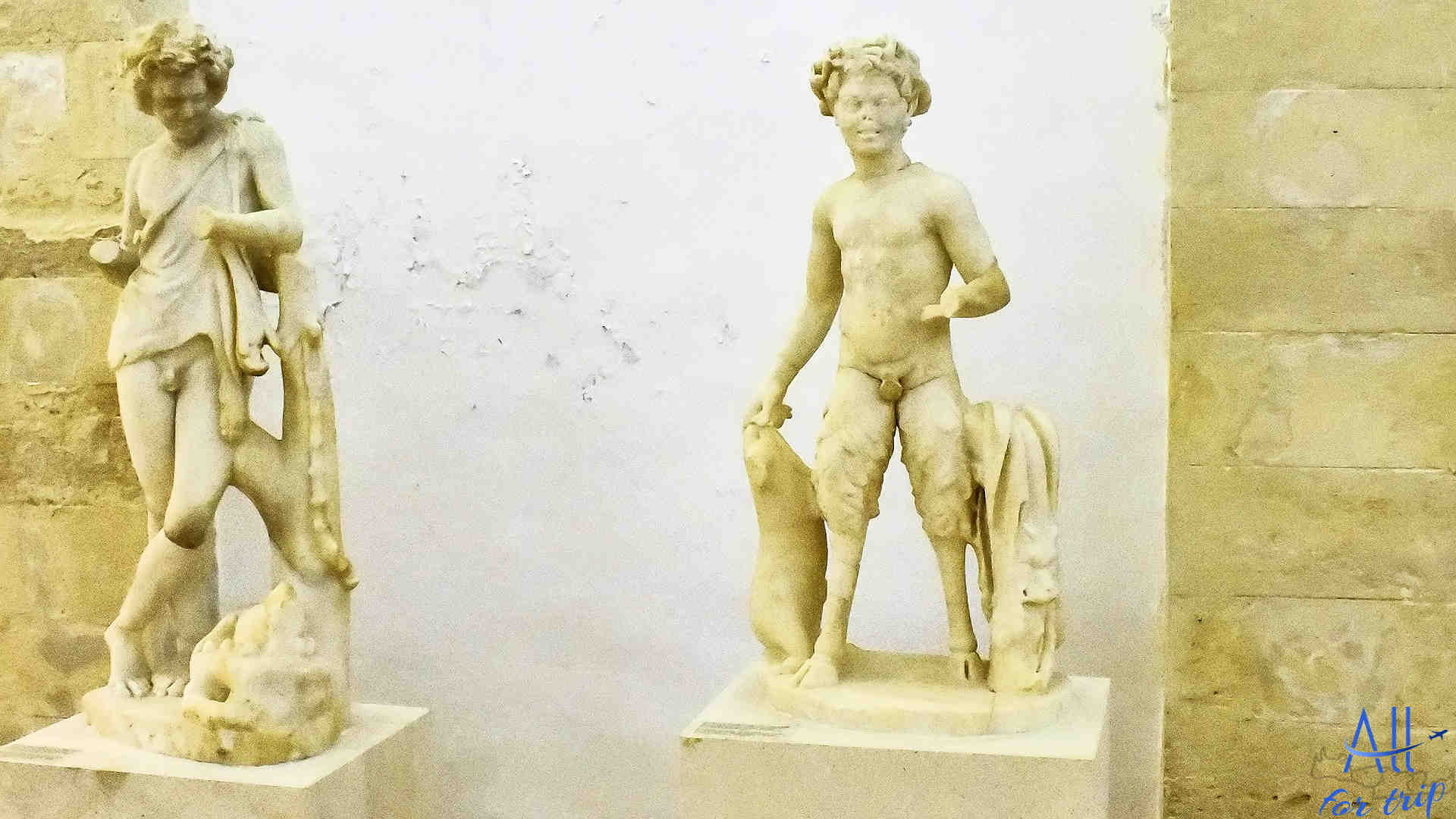
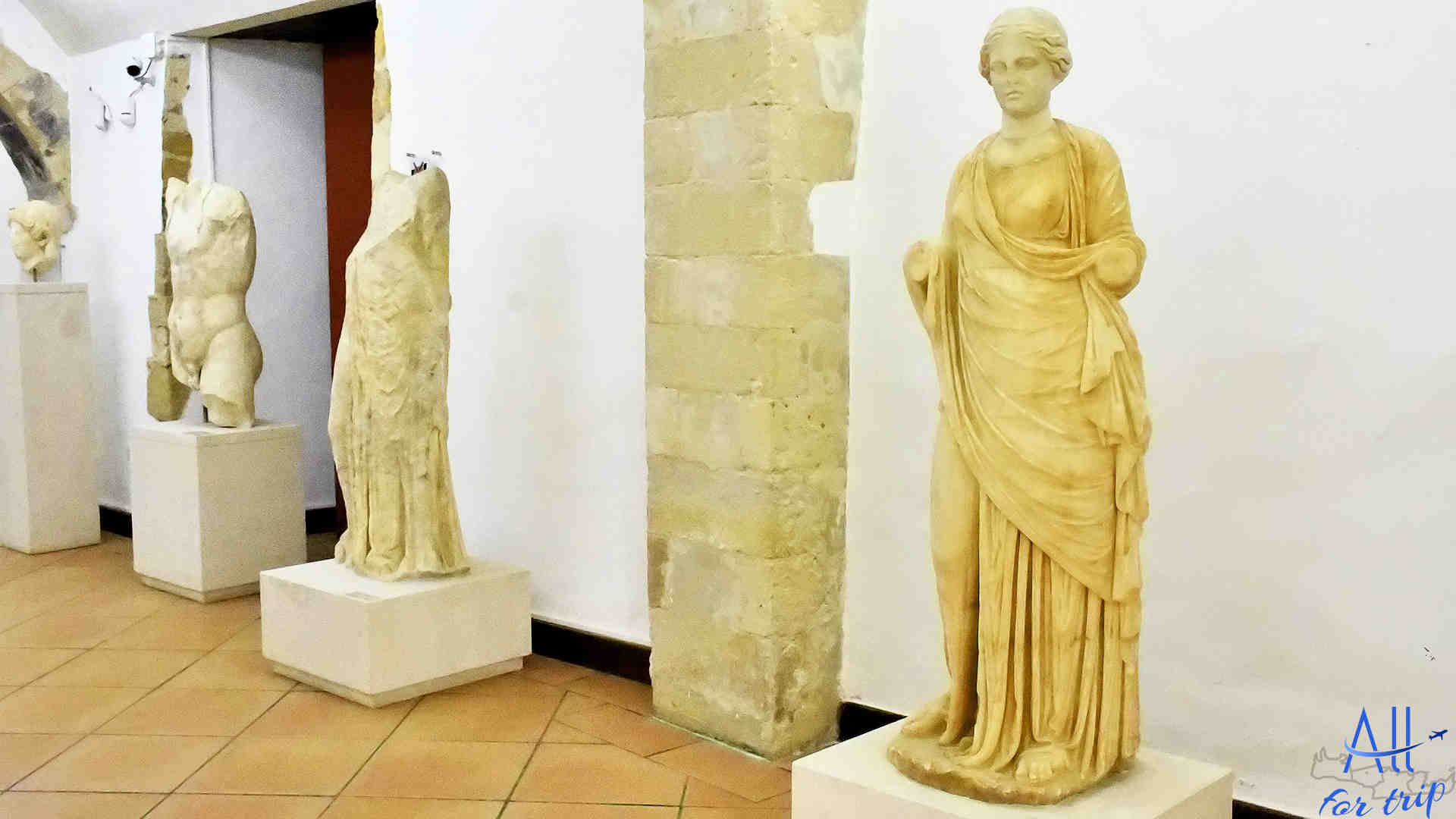
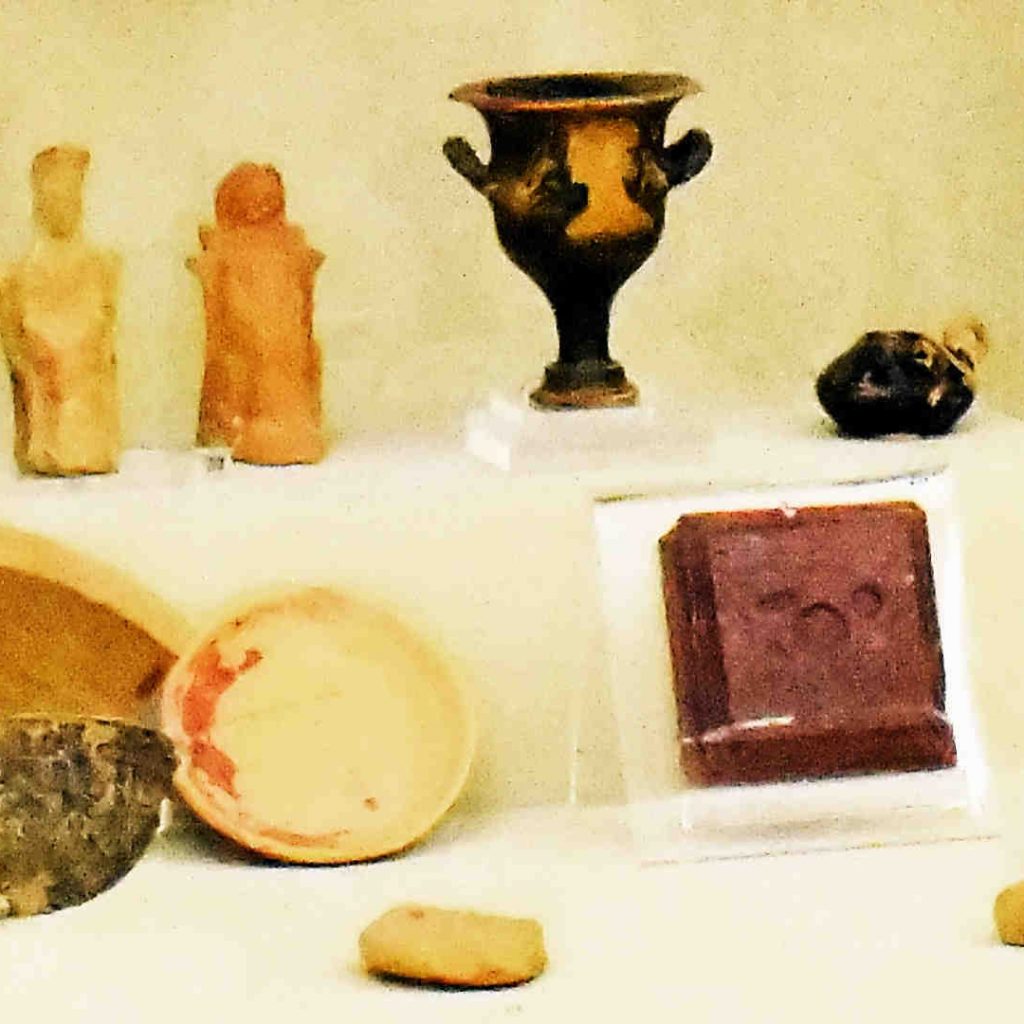
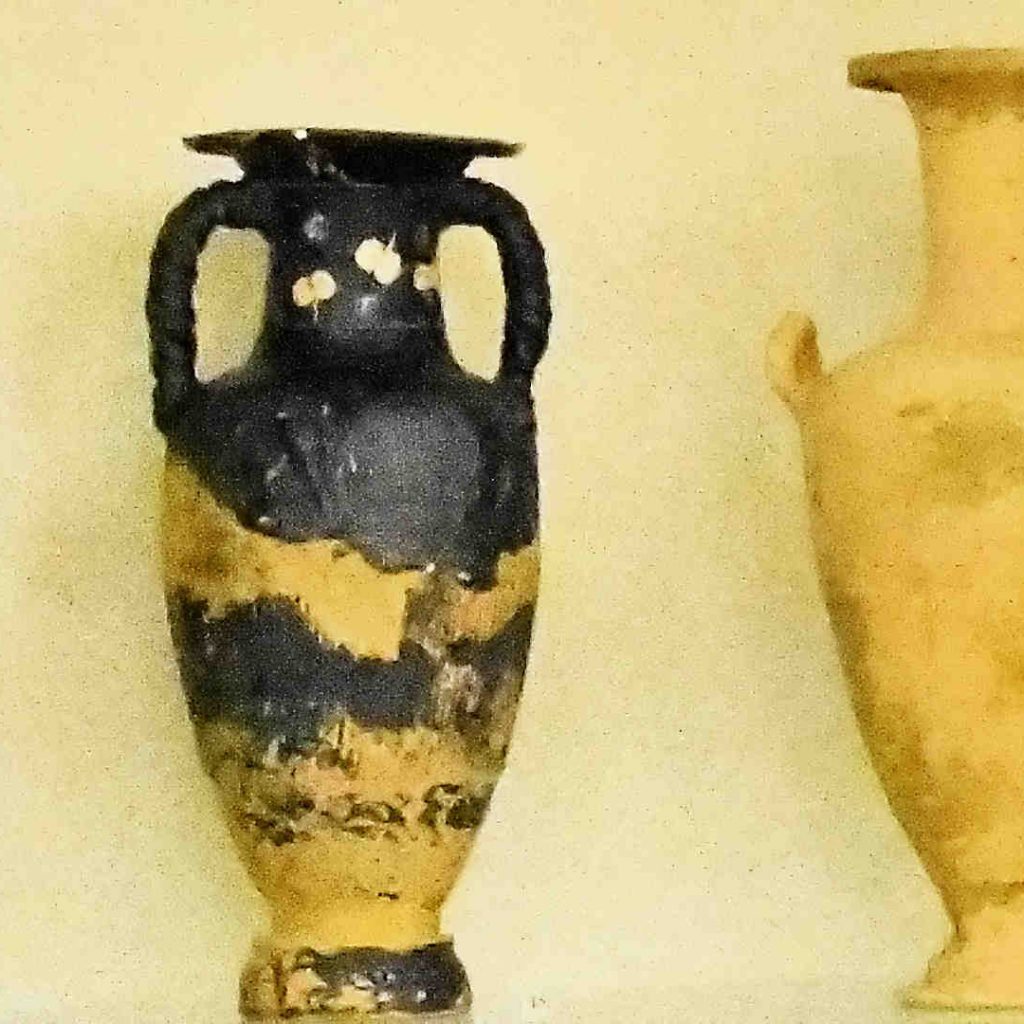
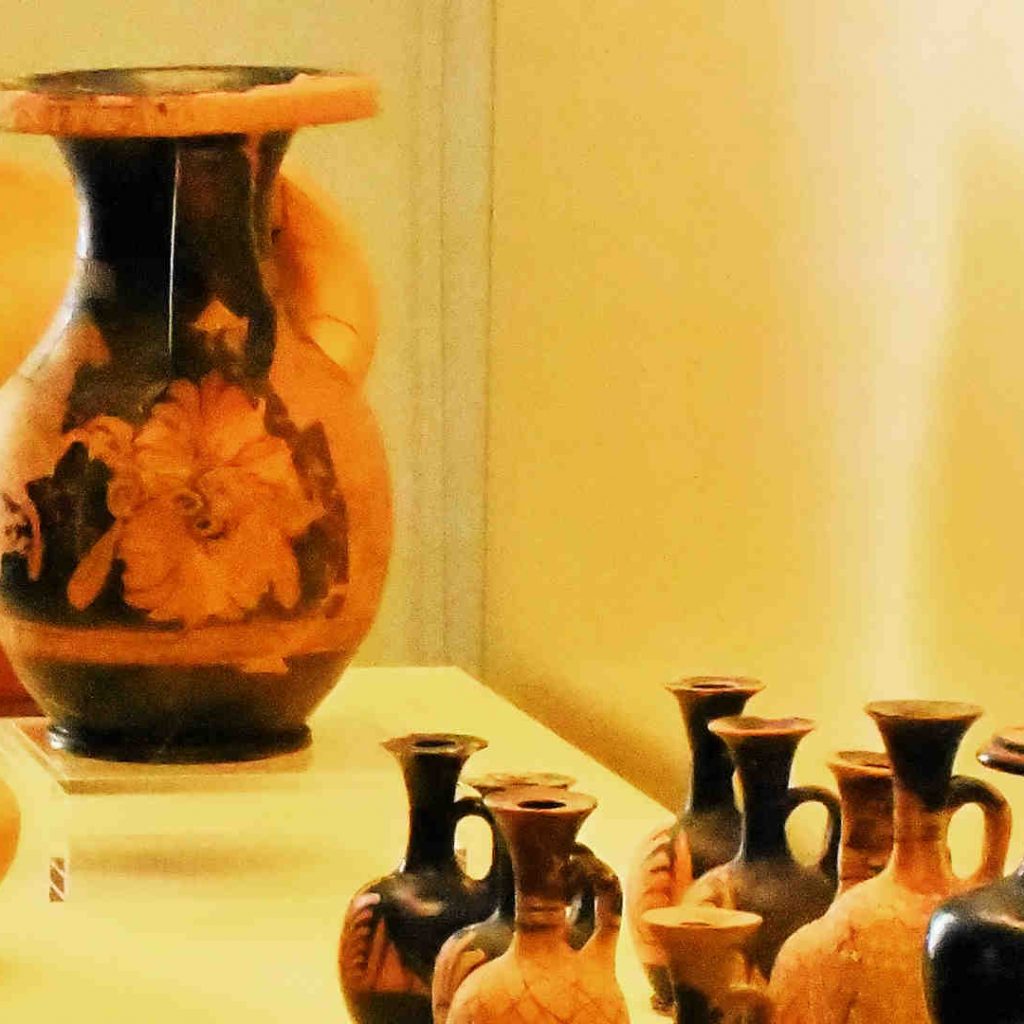
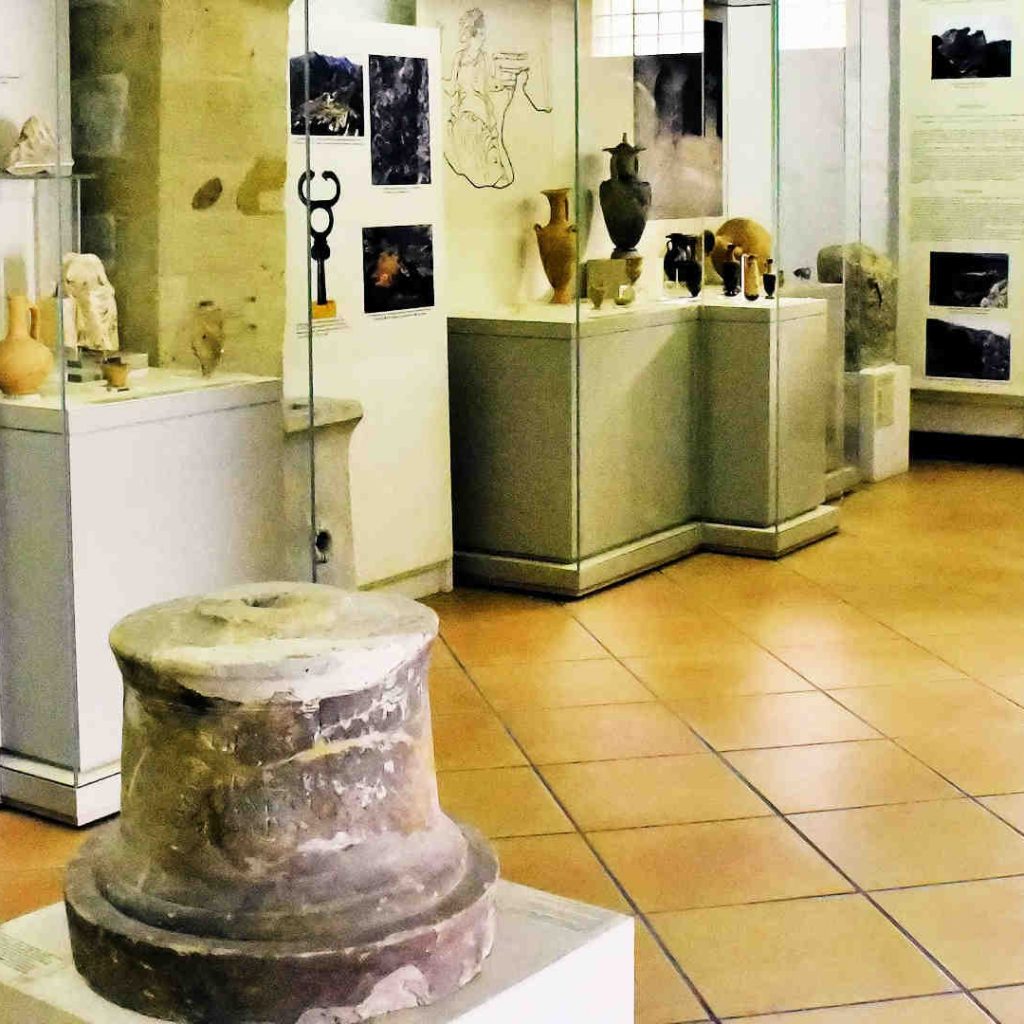
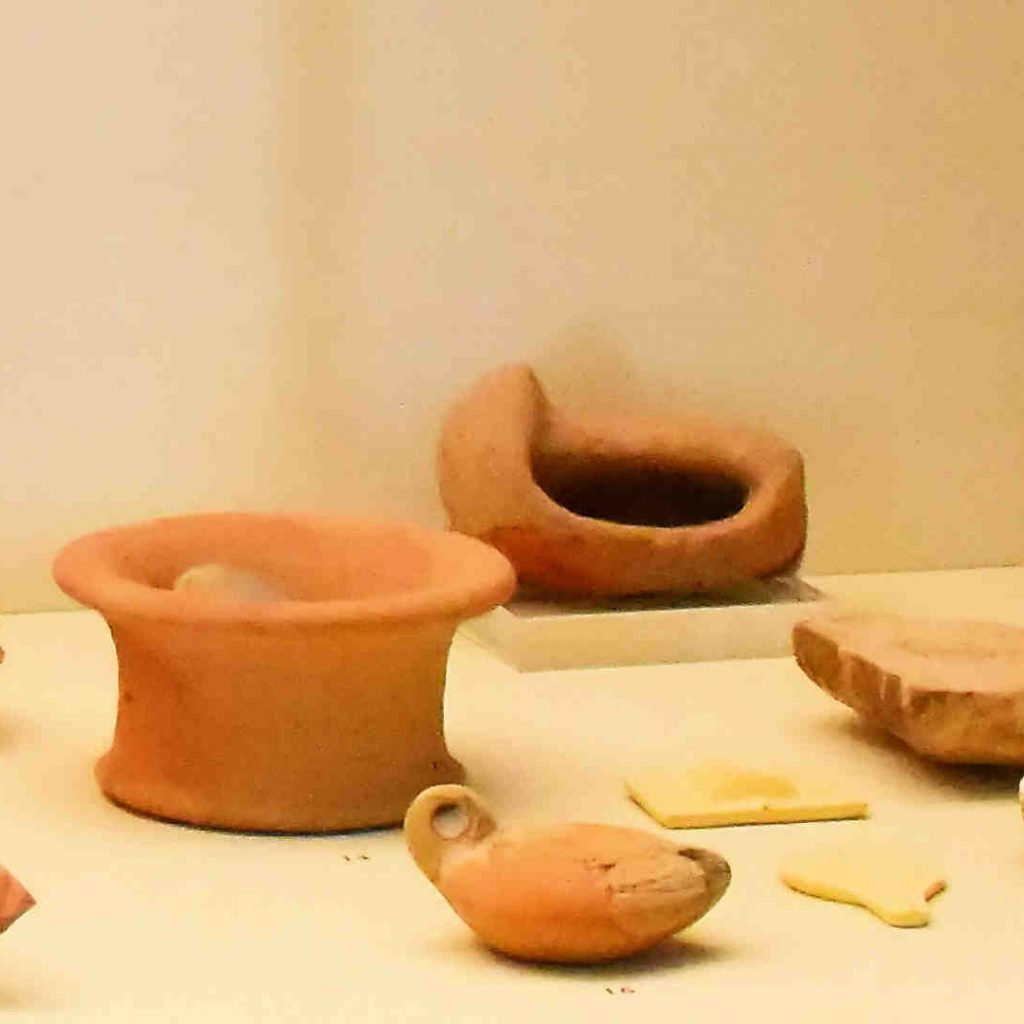
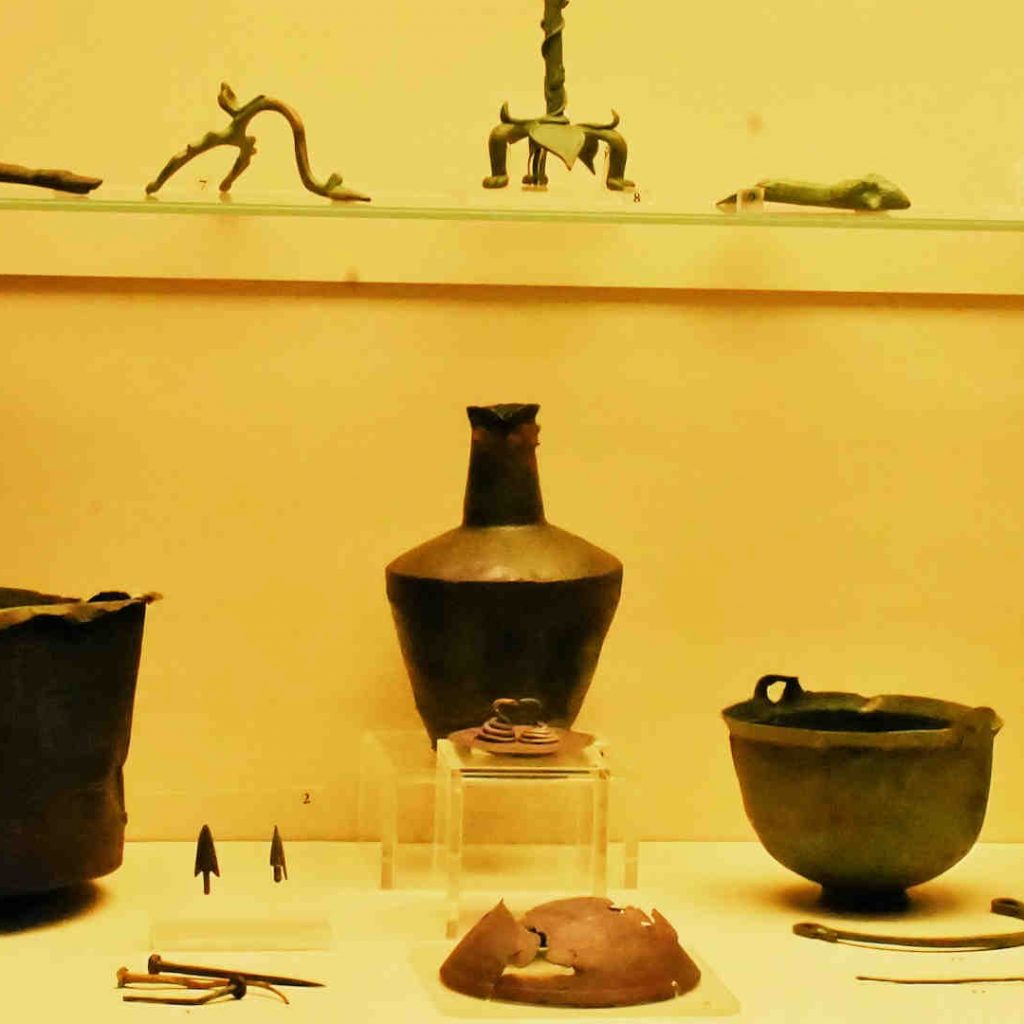
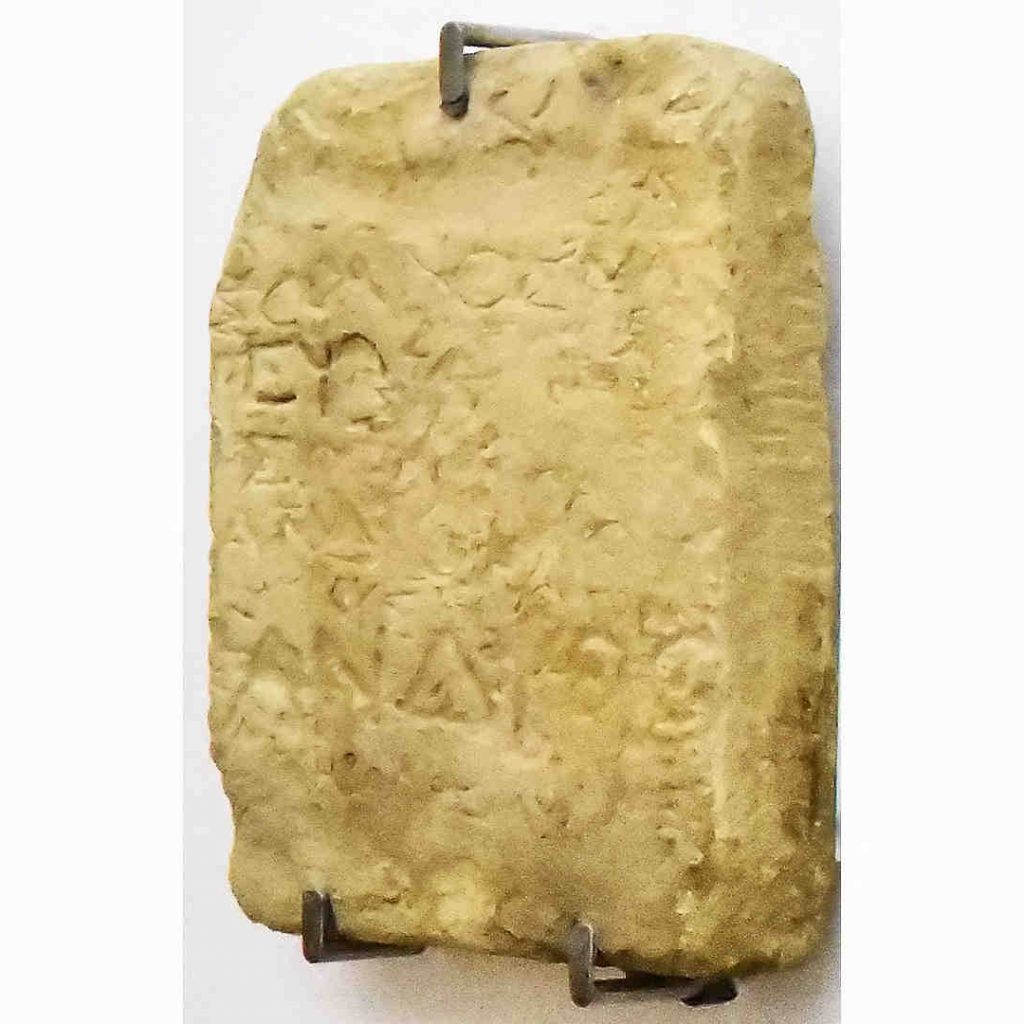
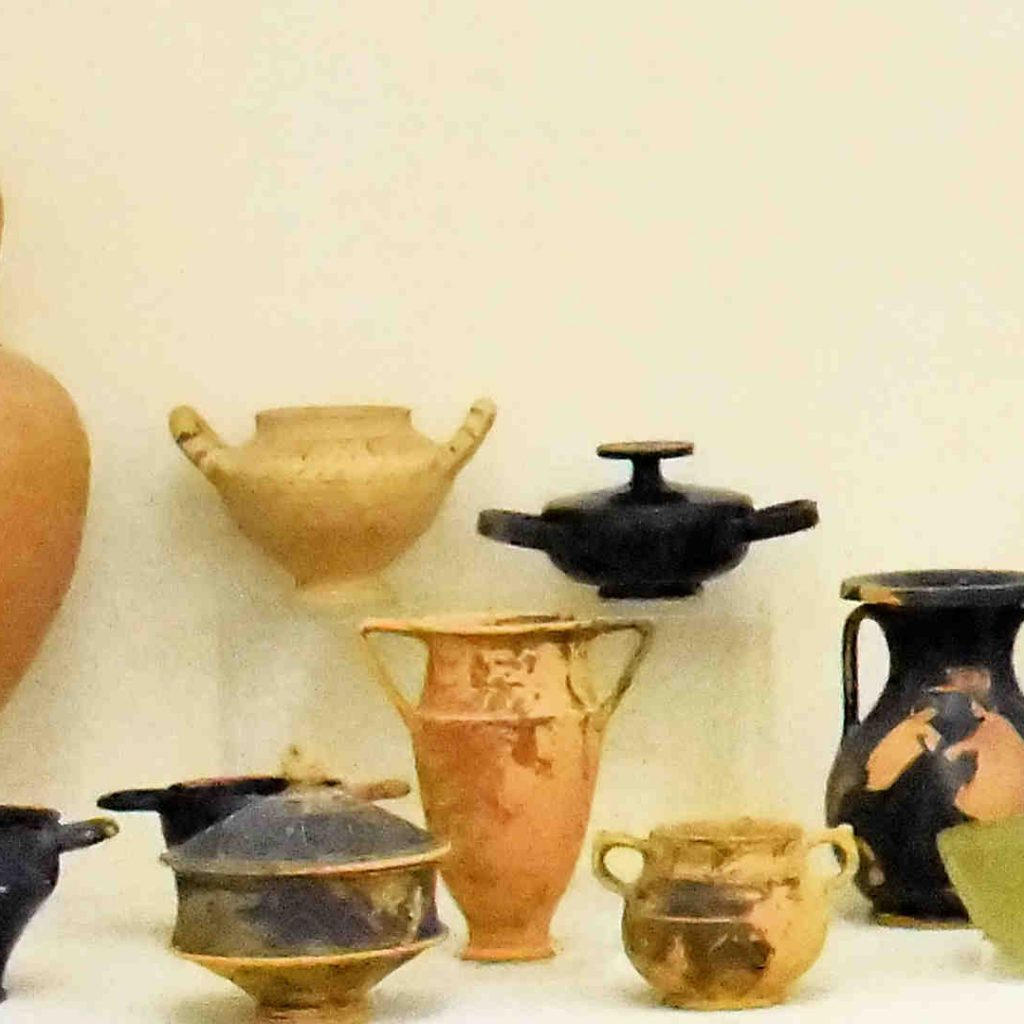
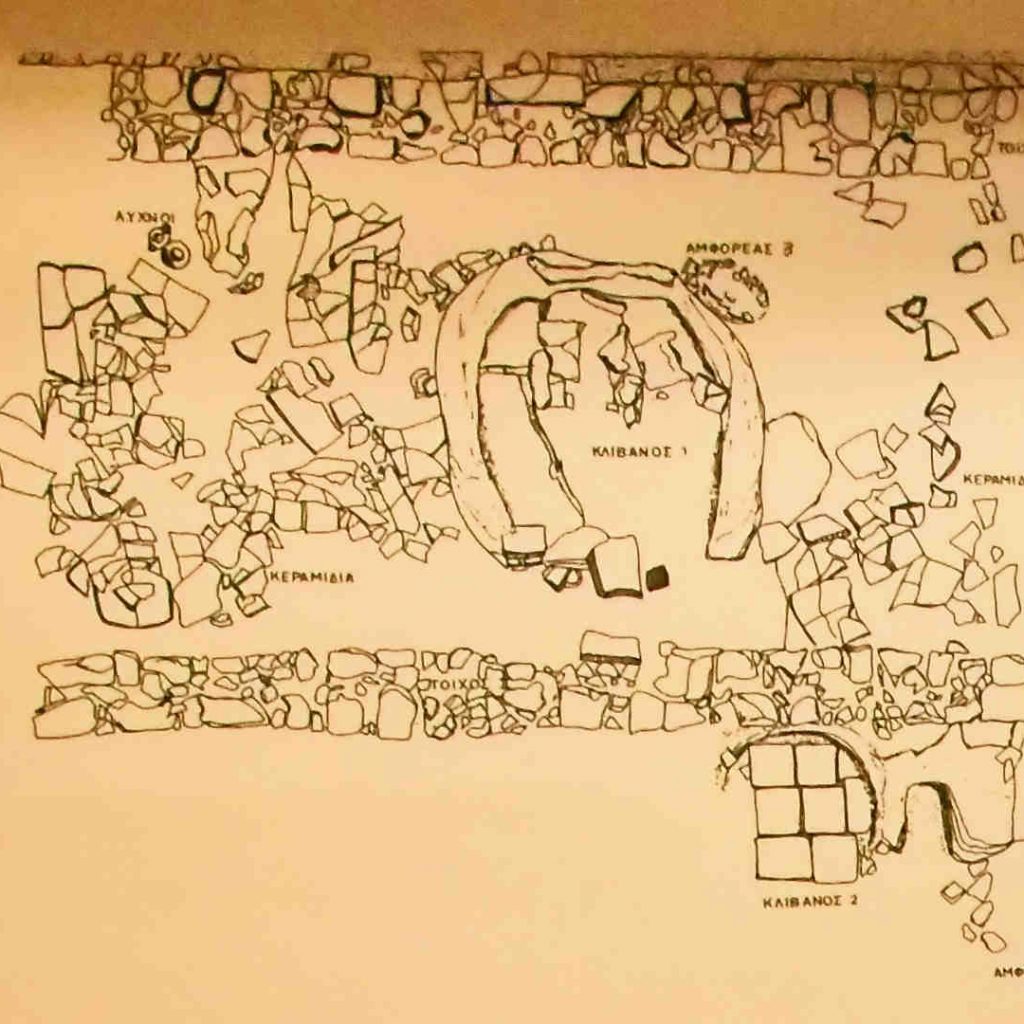
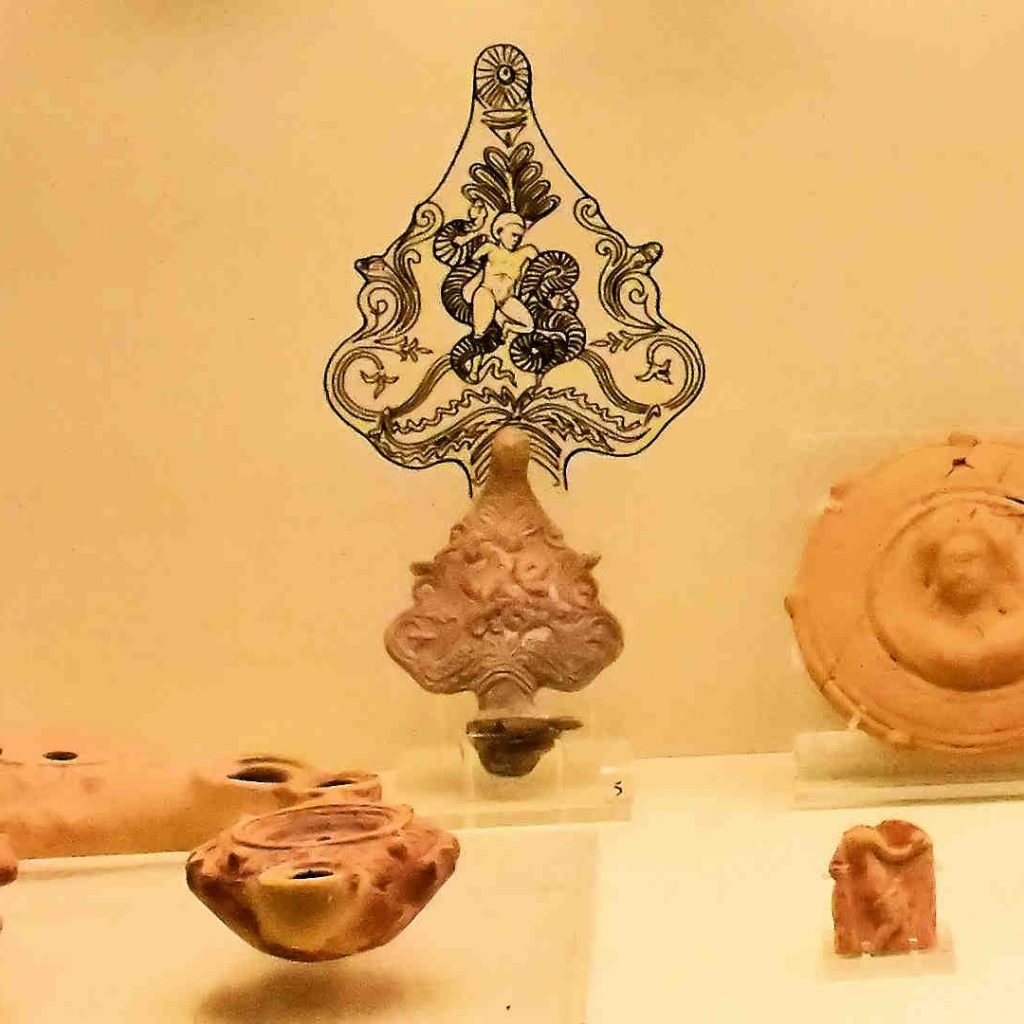
Details from mosaic pictures on the floor
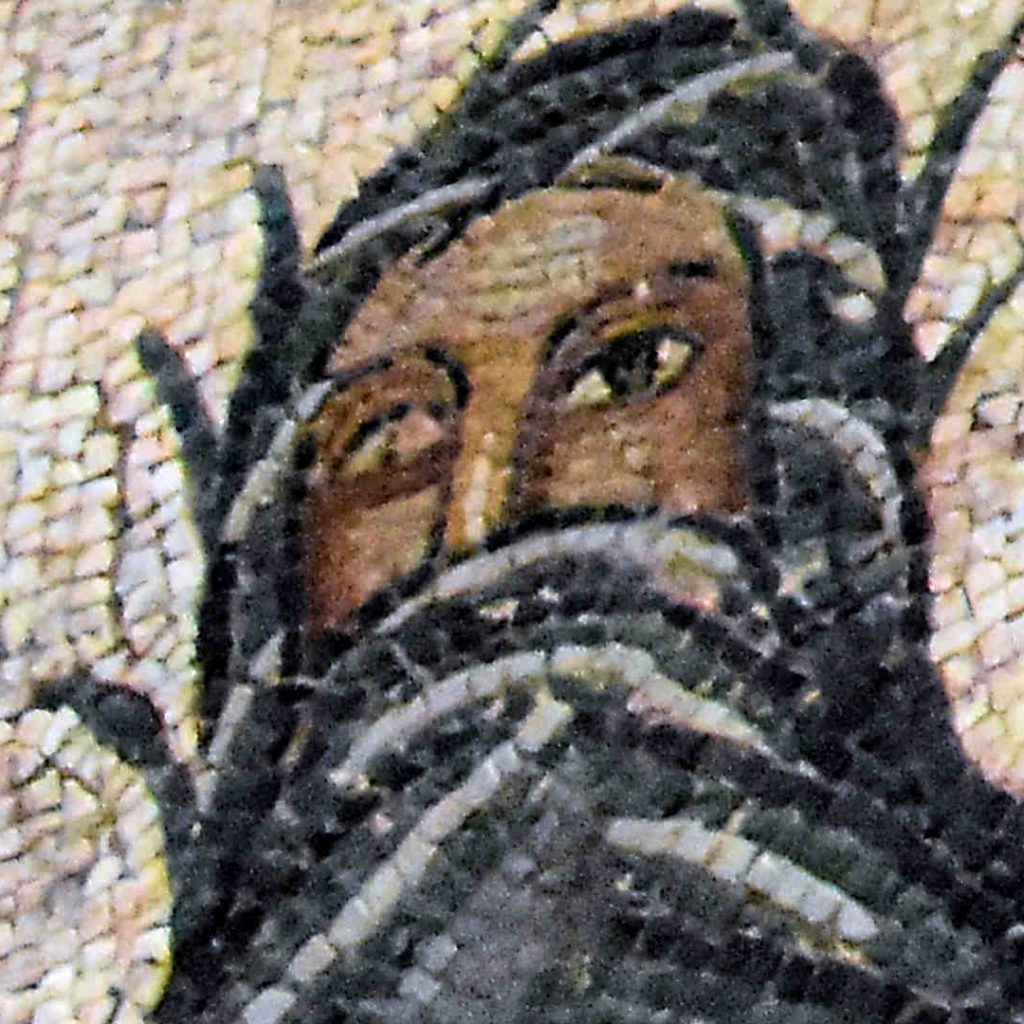
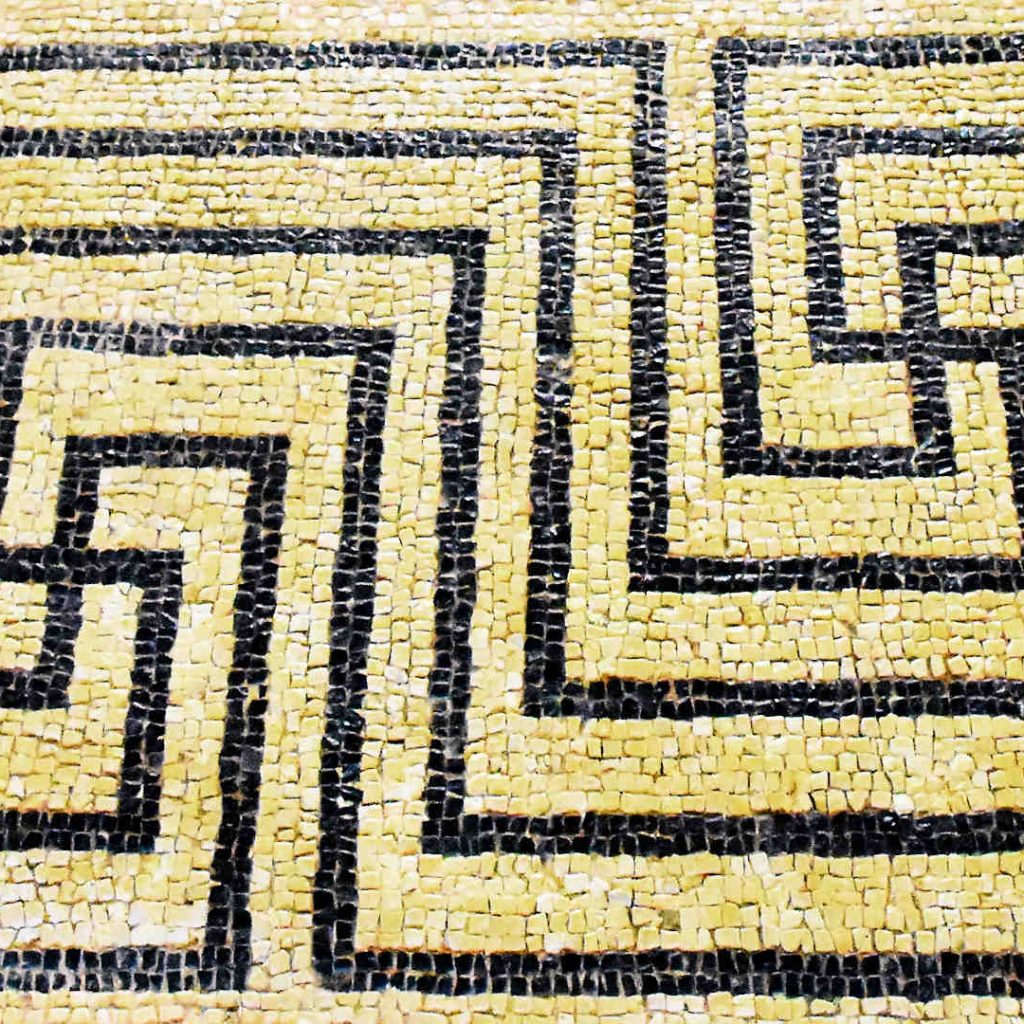
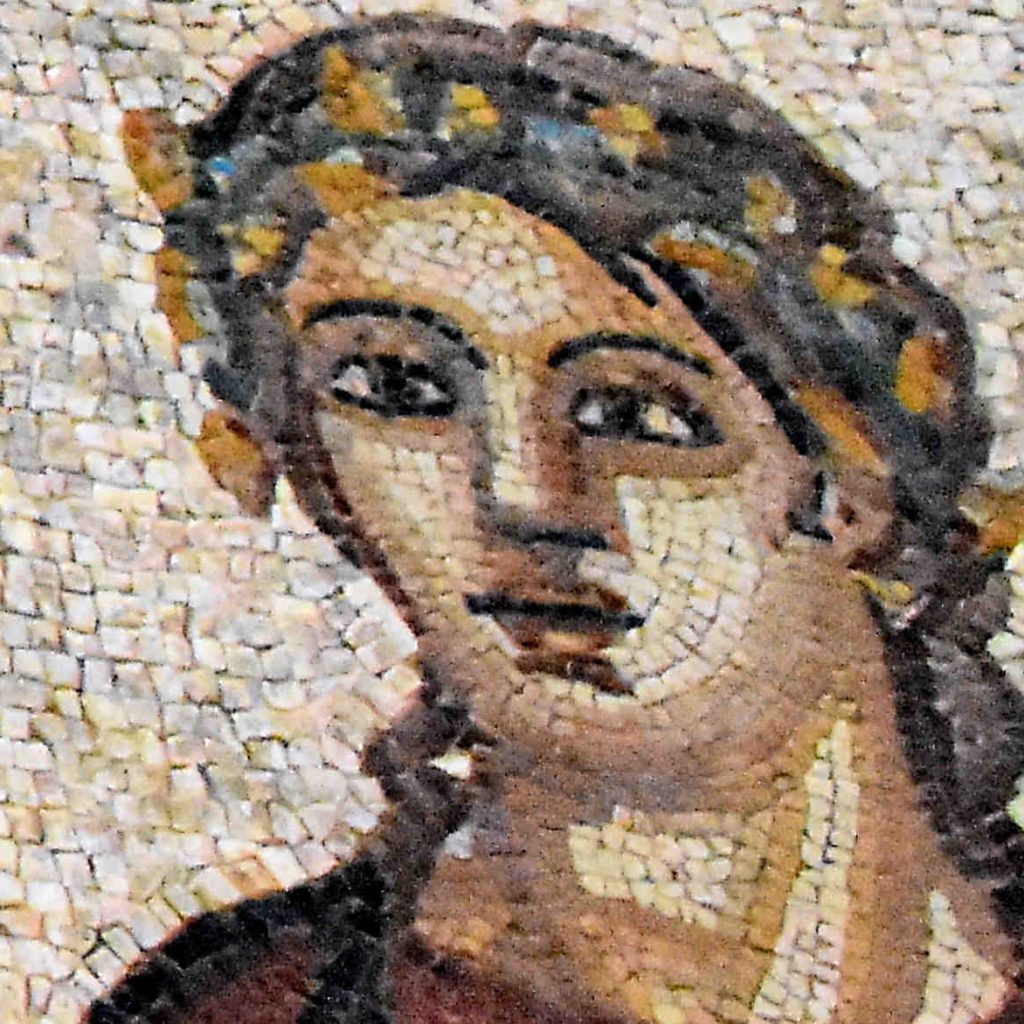
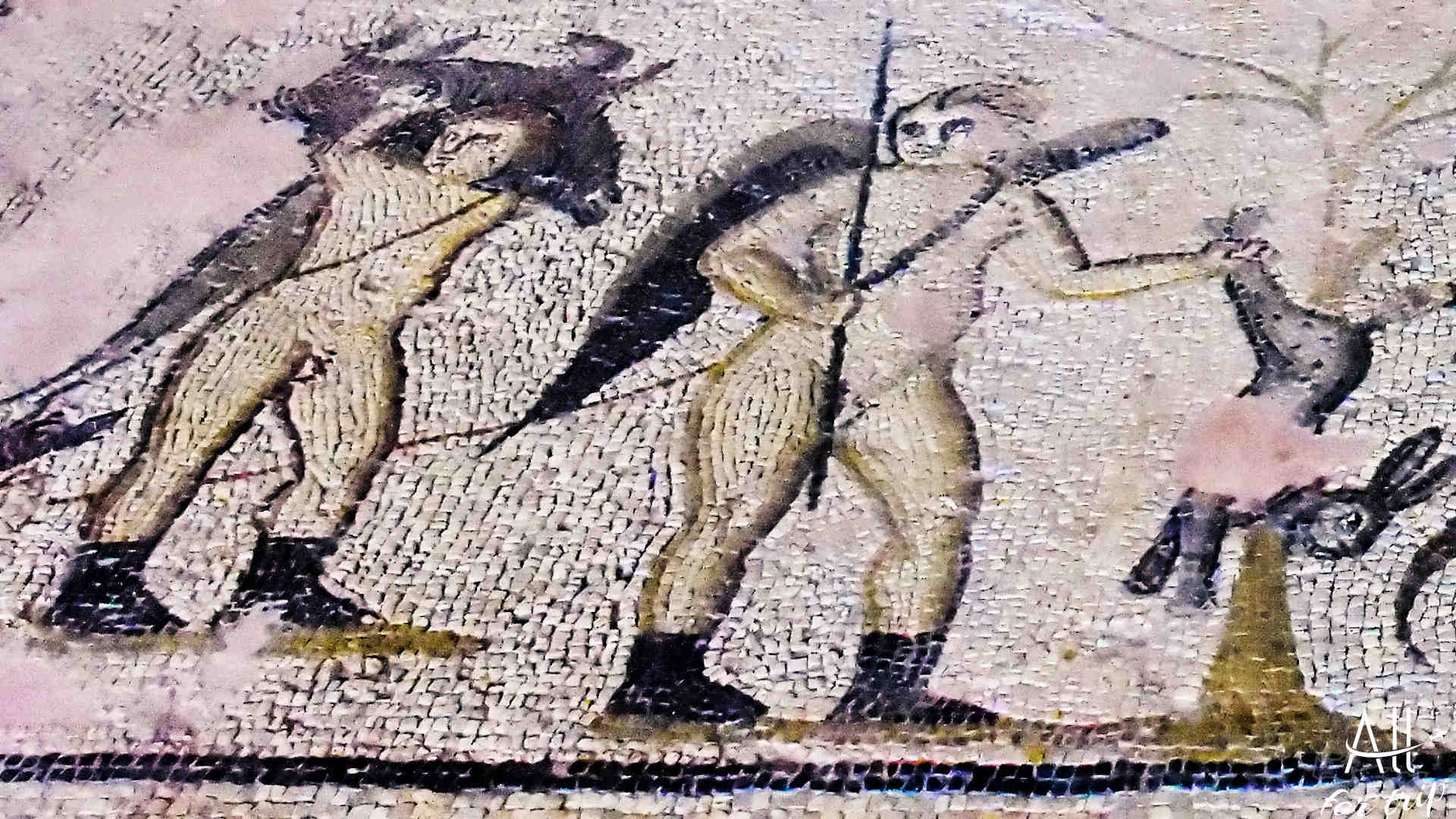
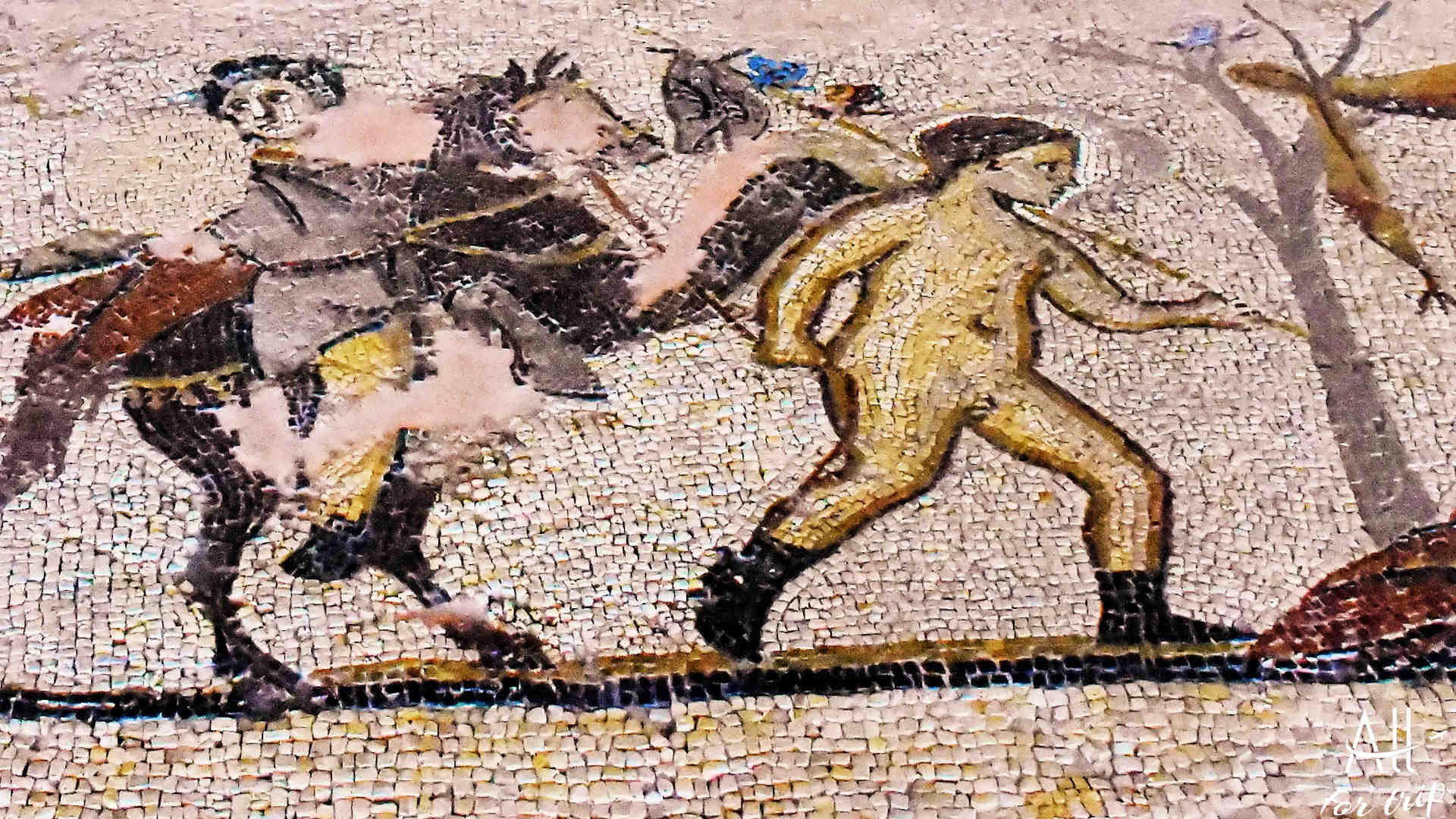
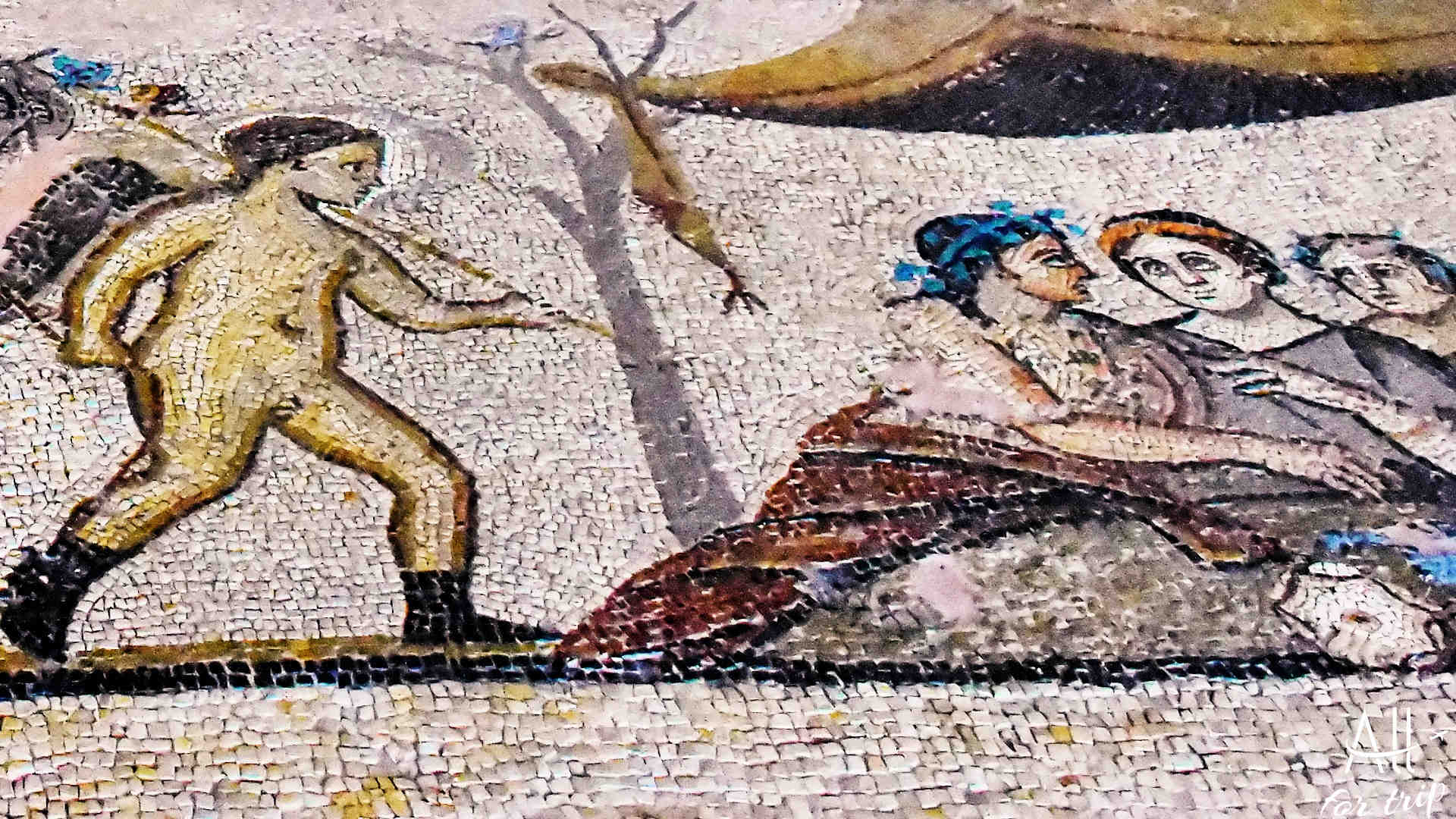
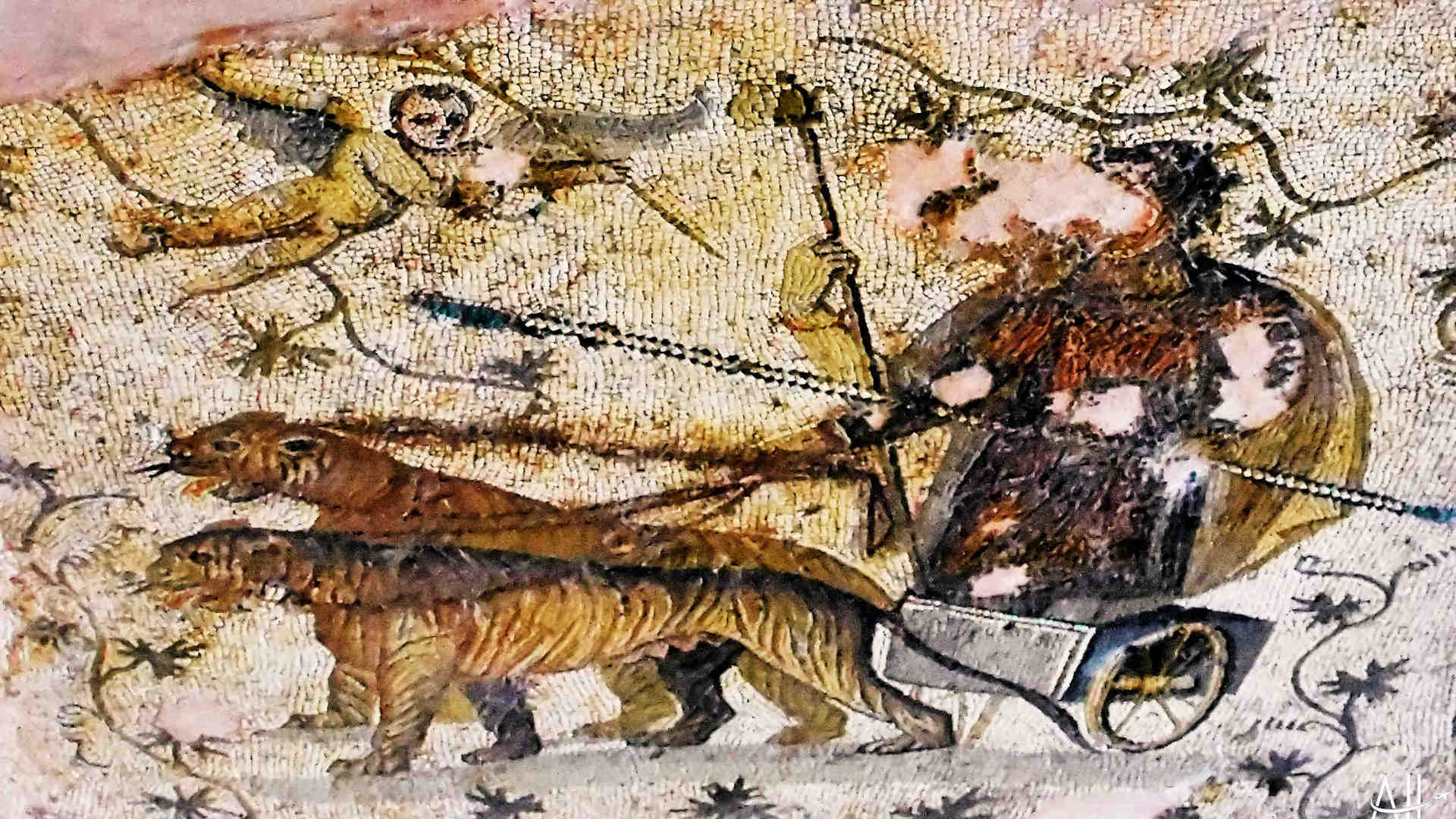
The Venetian fountain from 1520
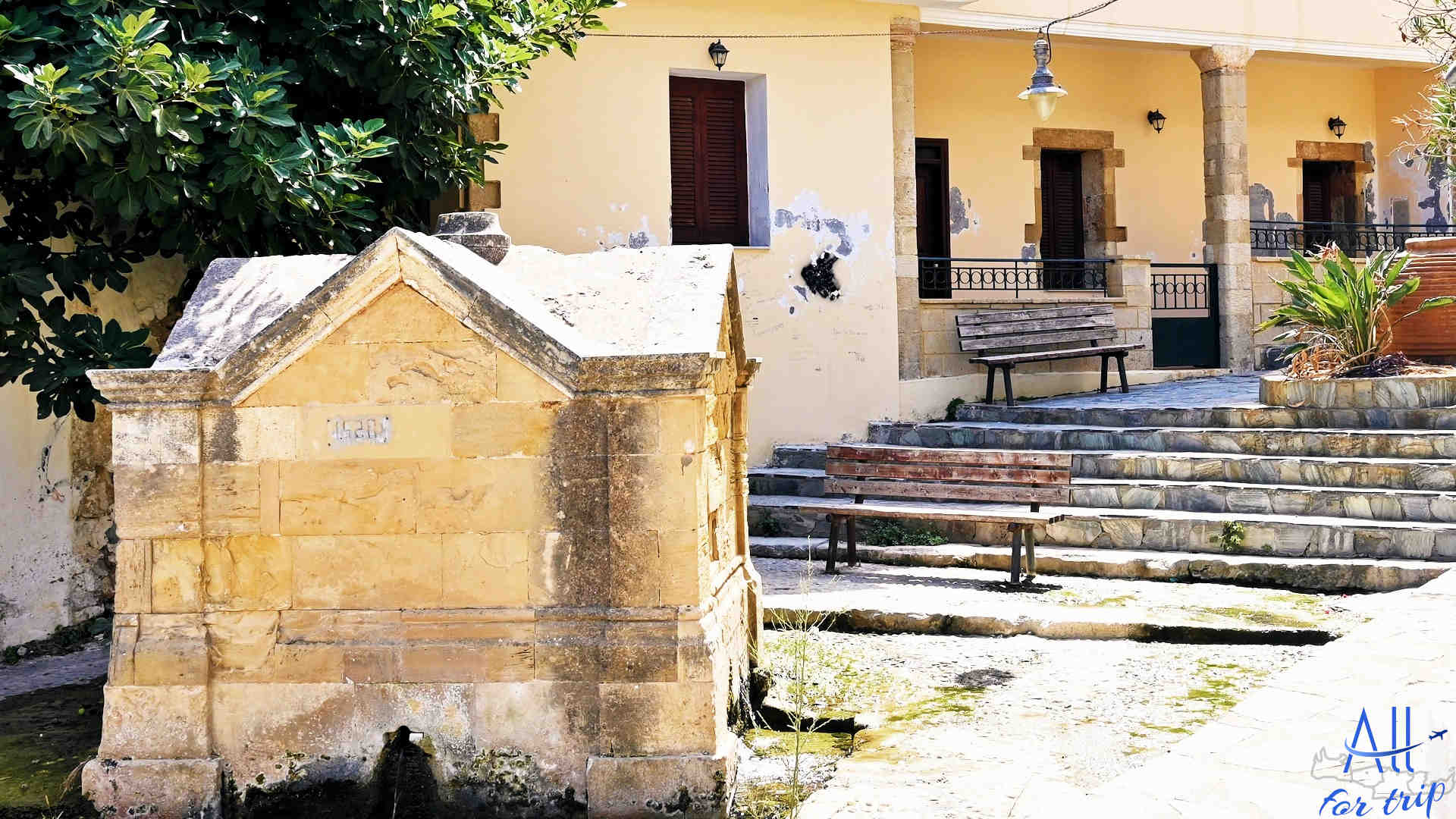
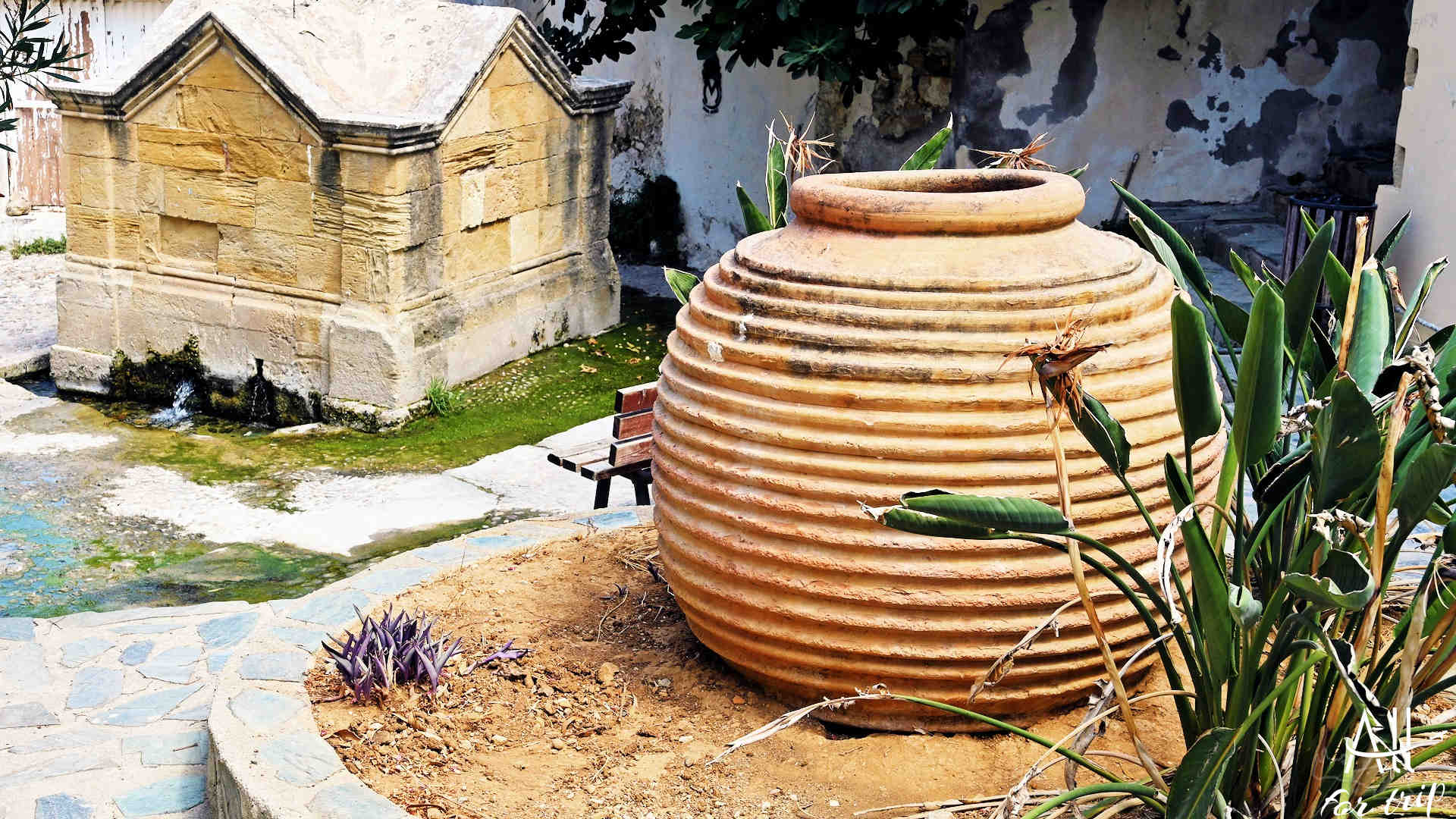
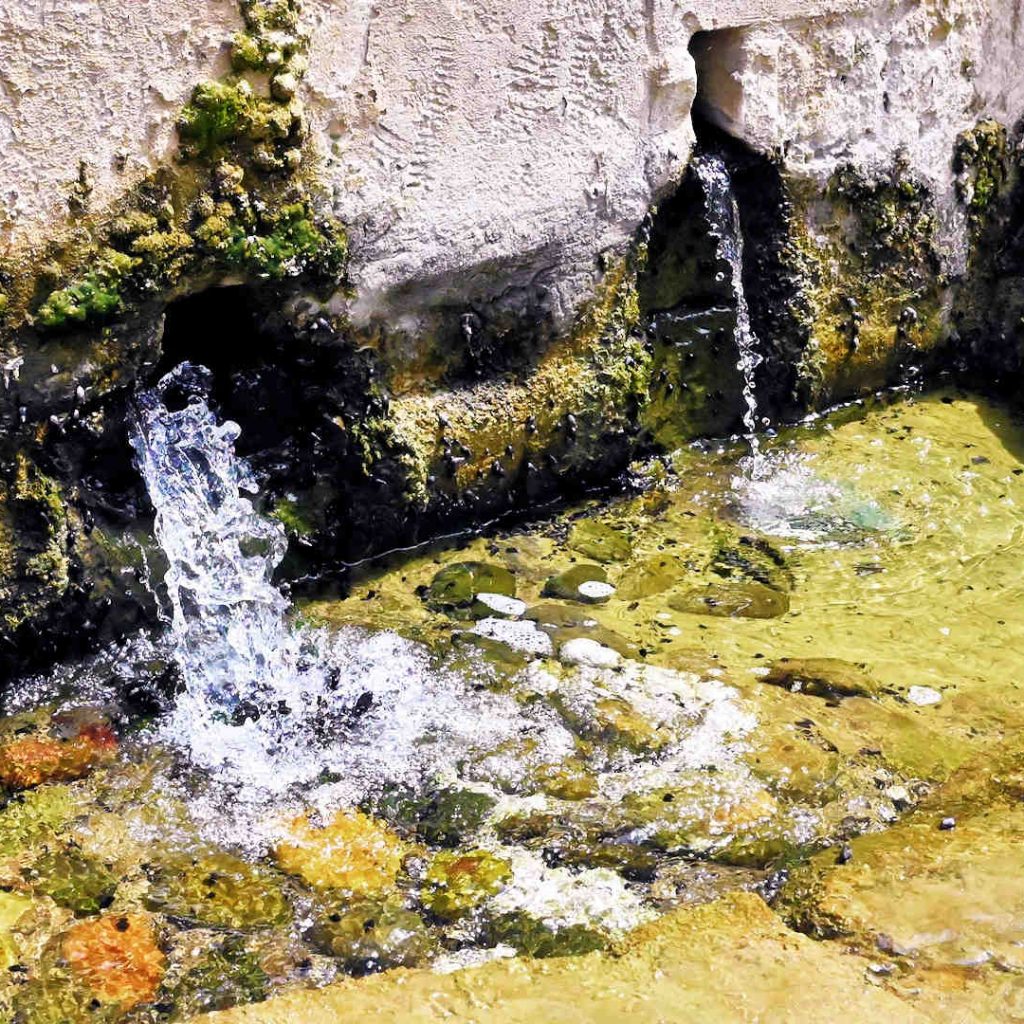
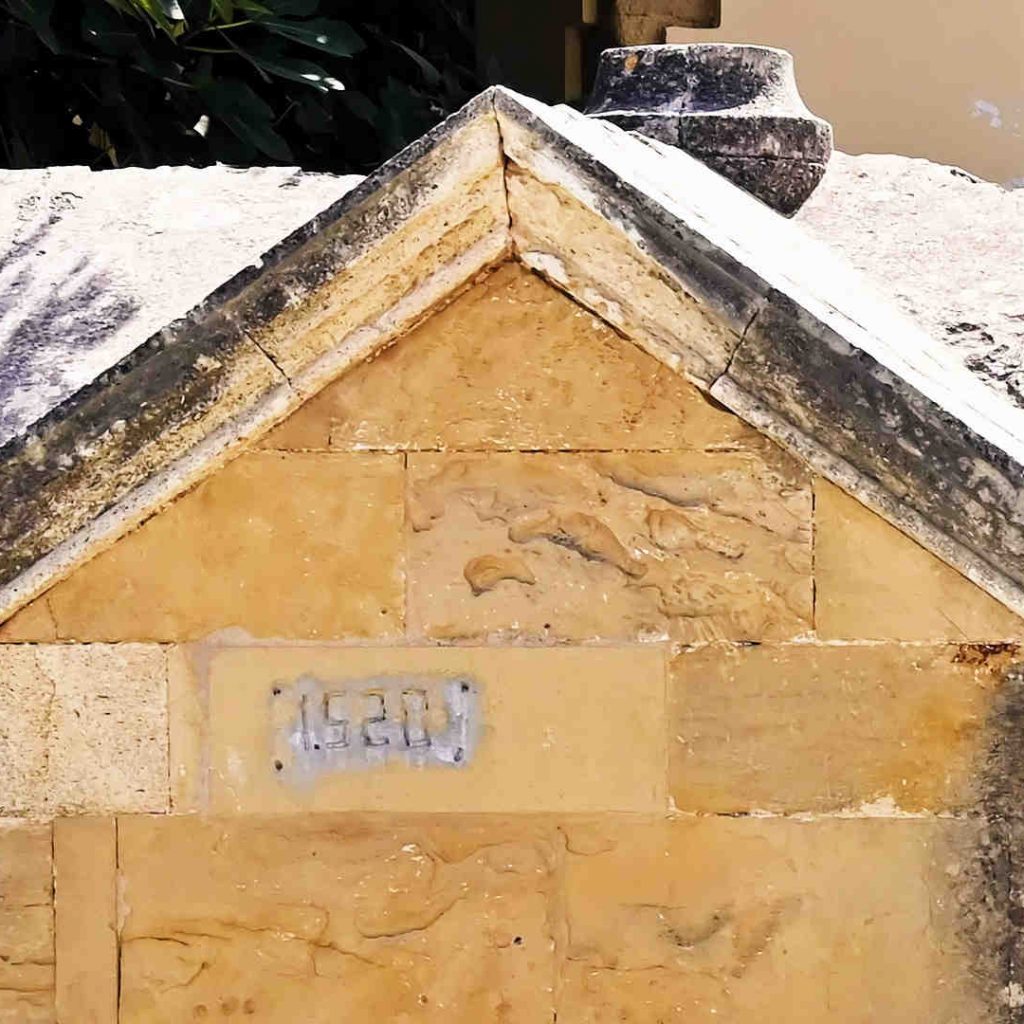
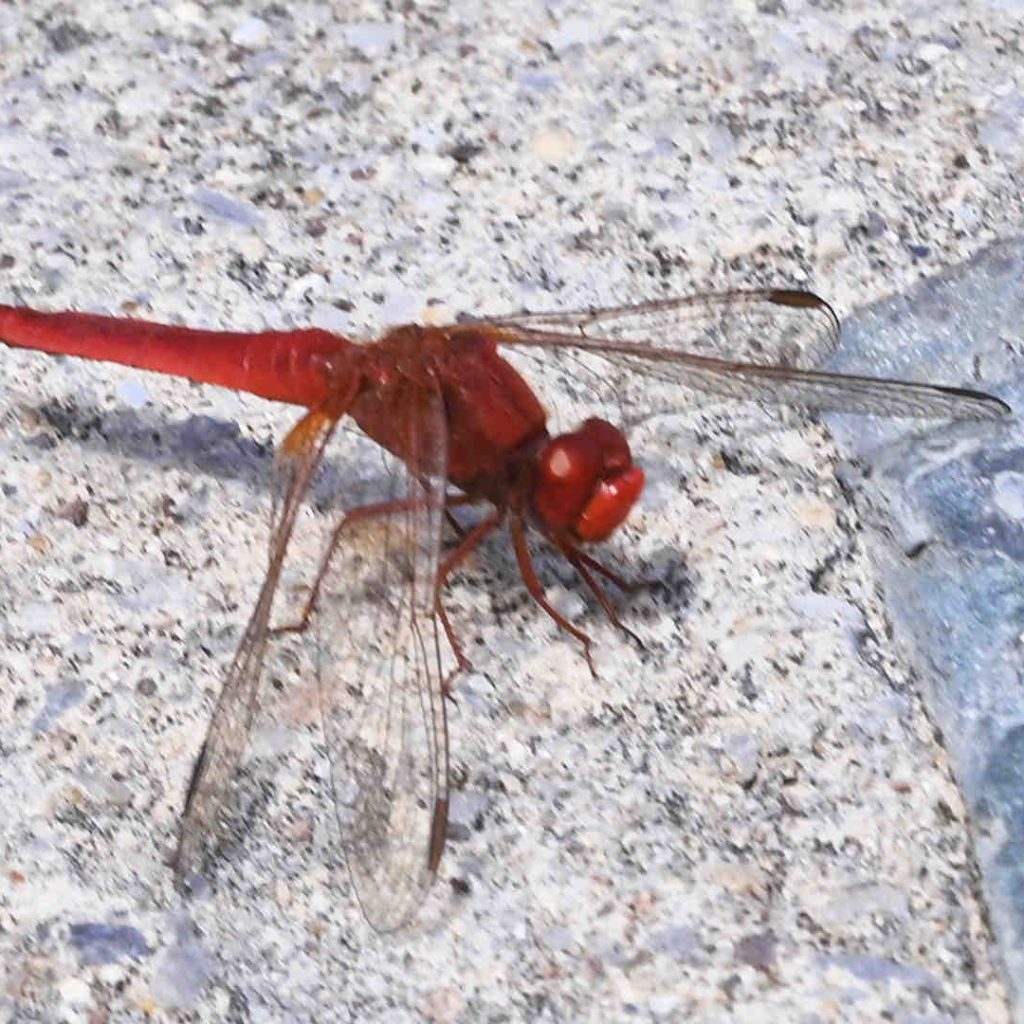


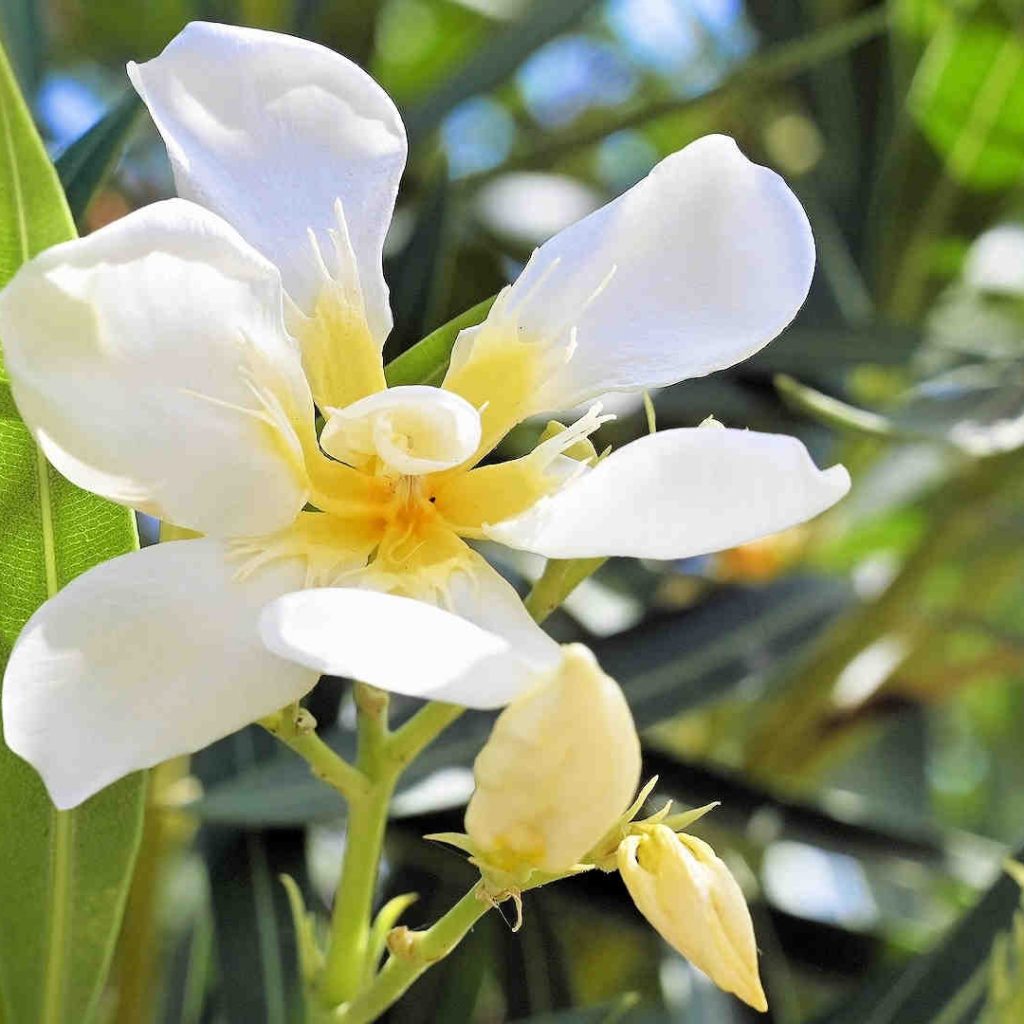
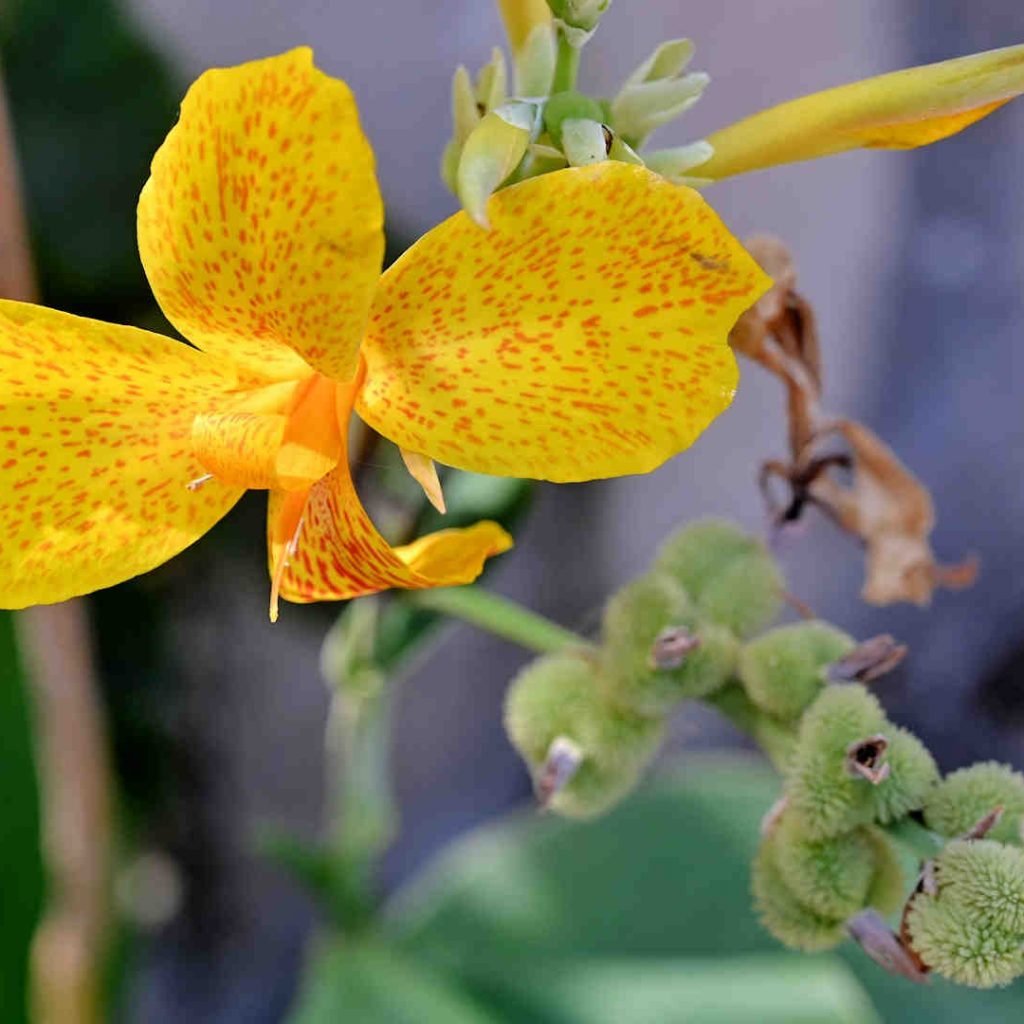

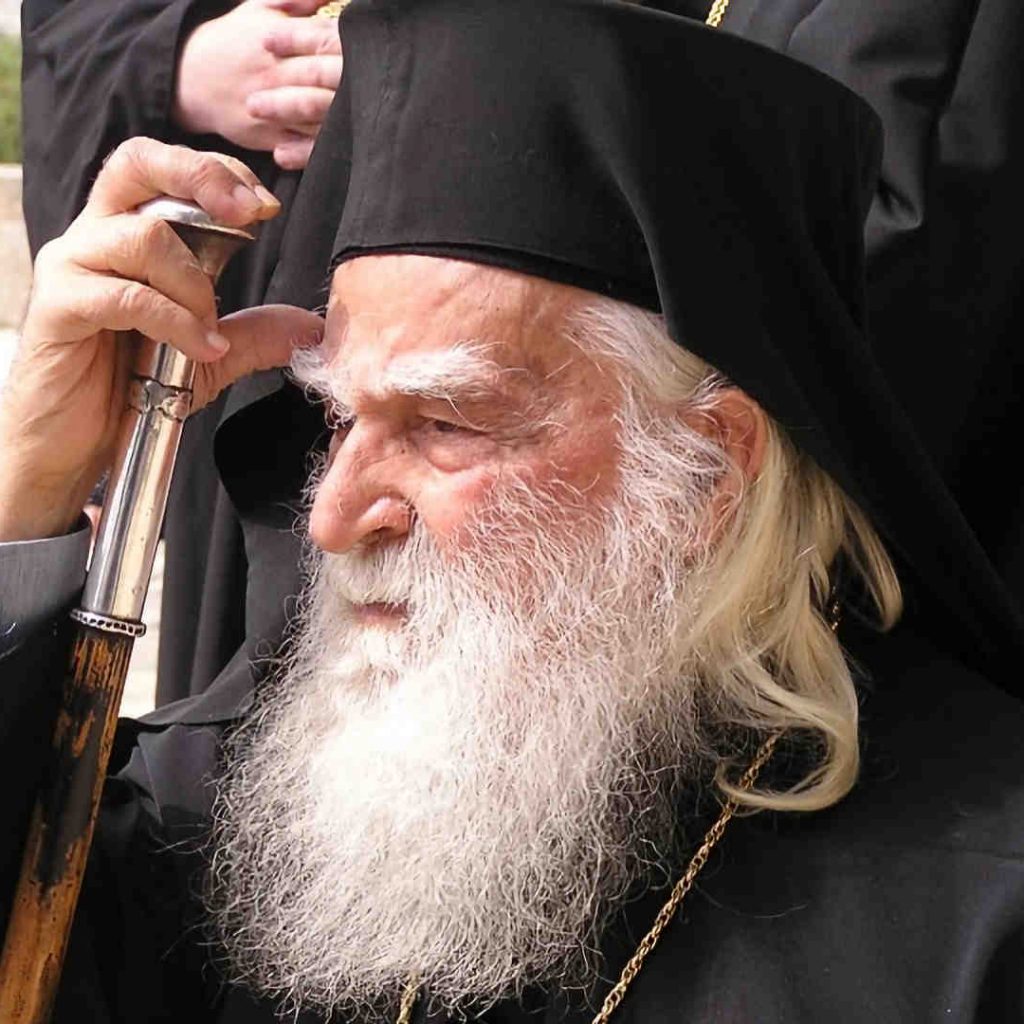
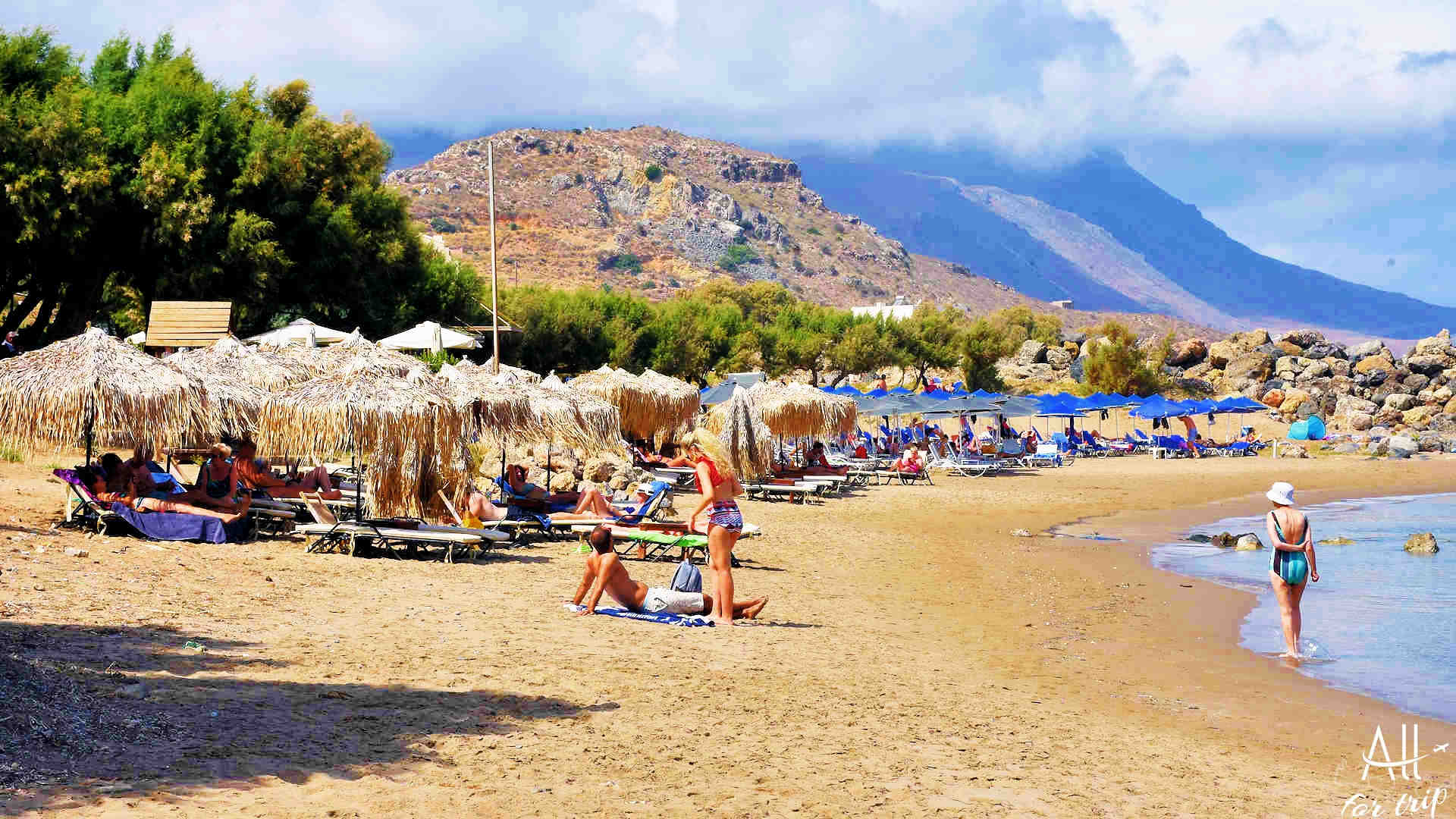
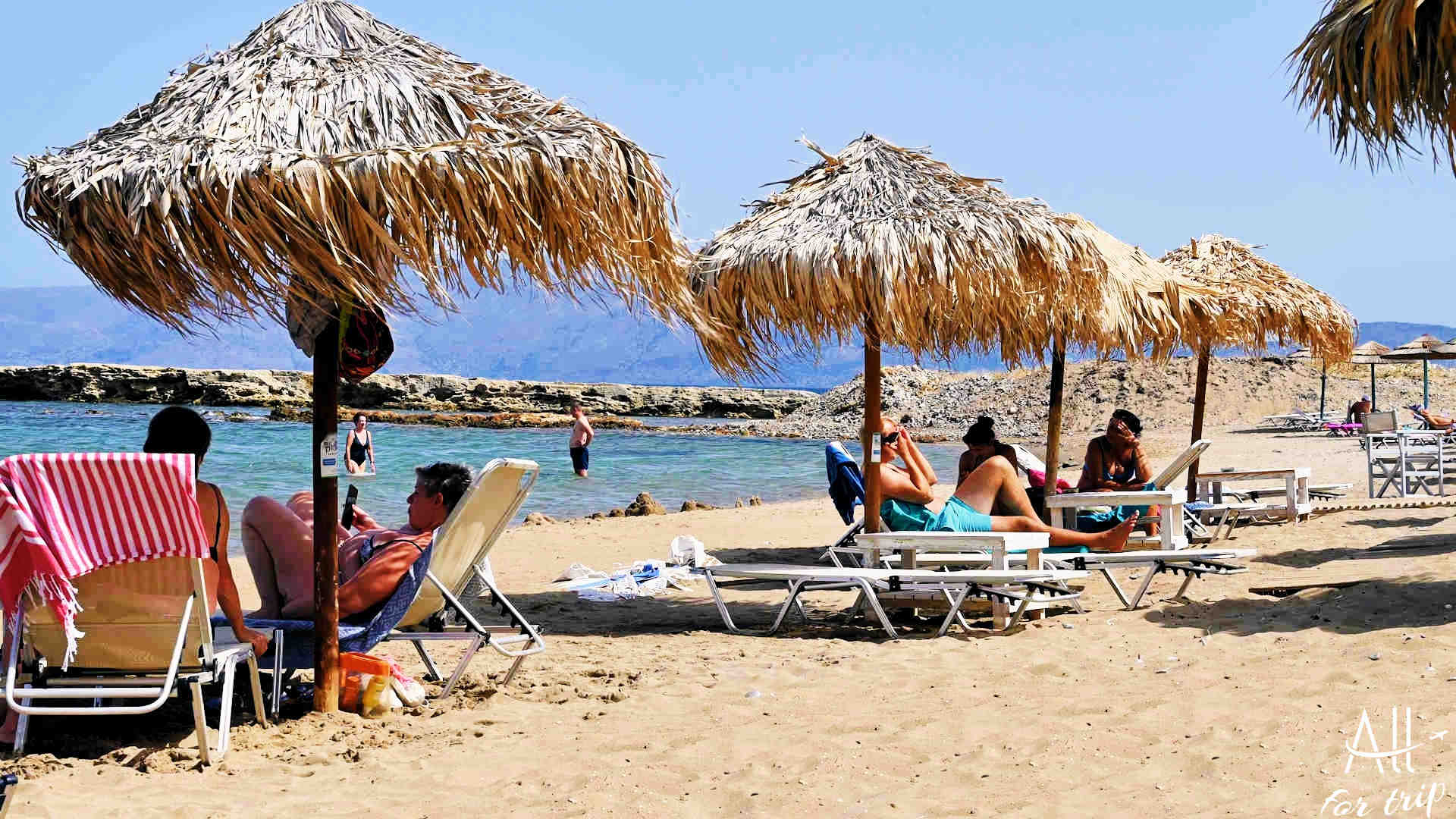
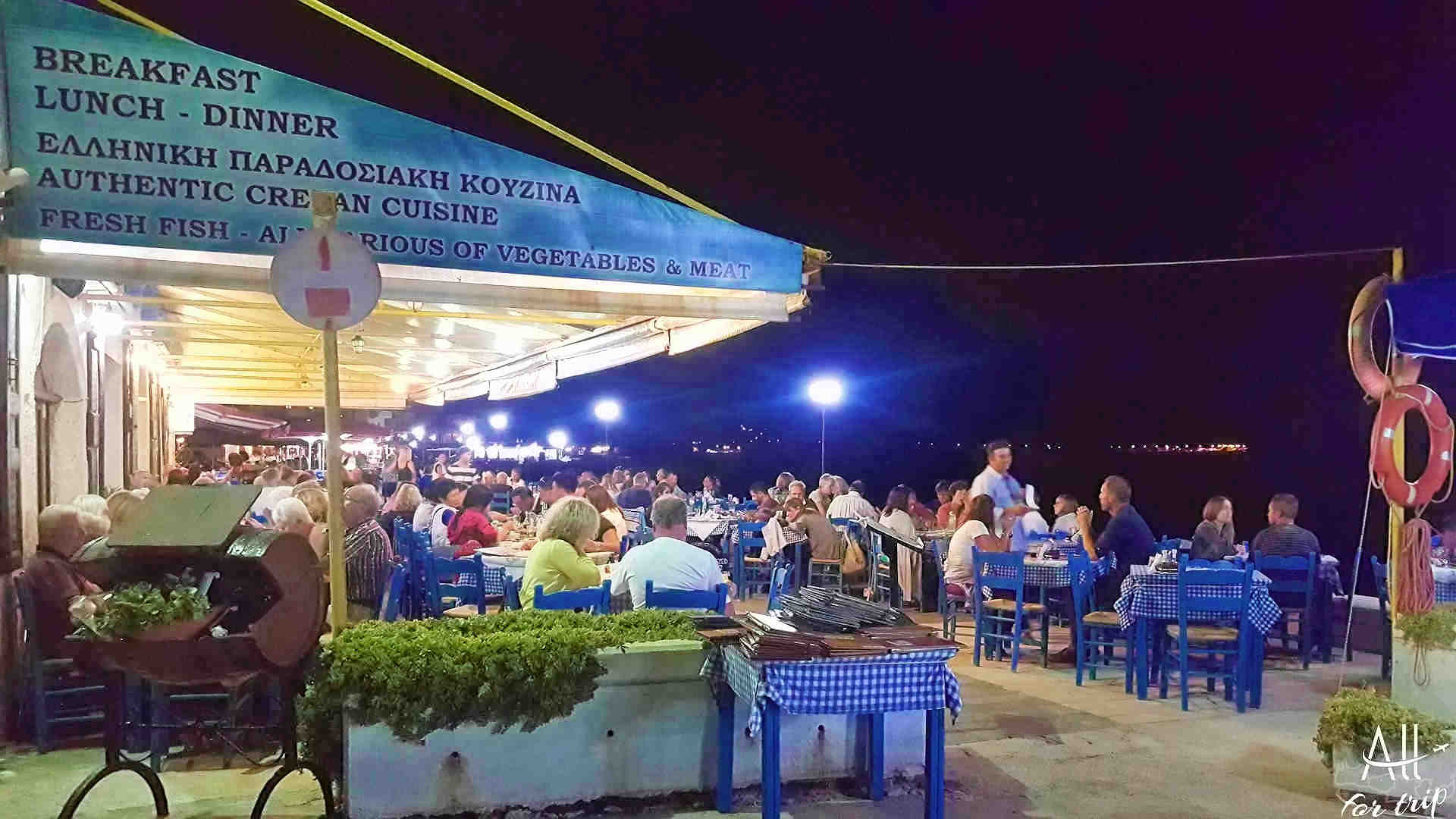
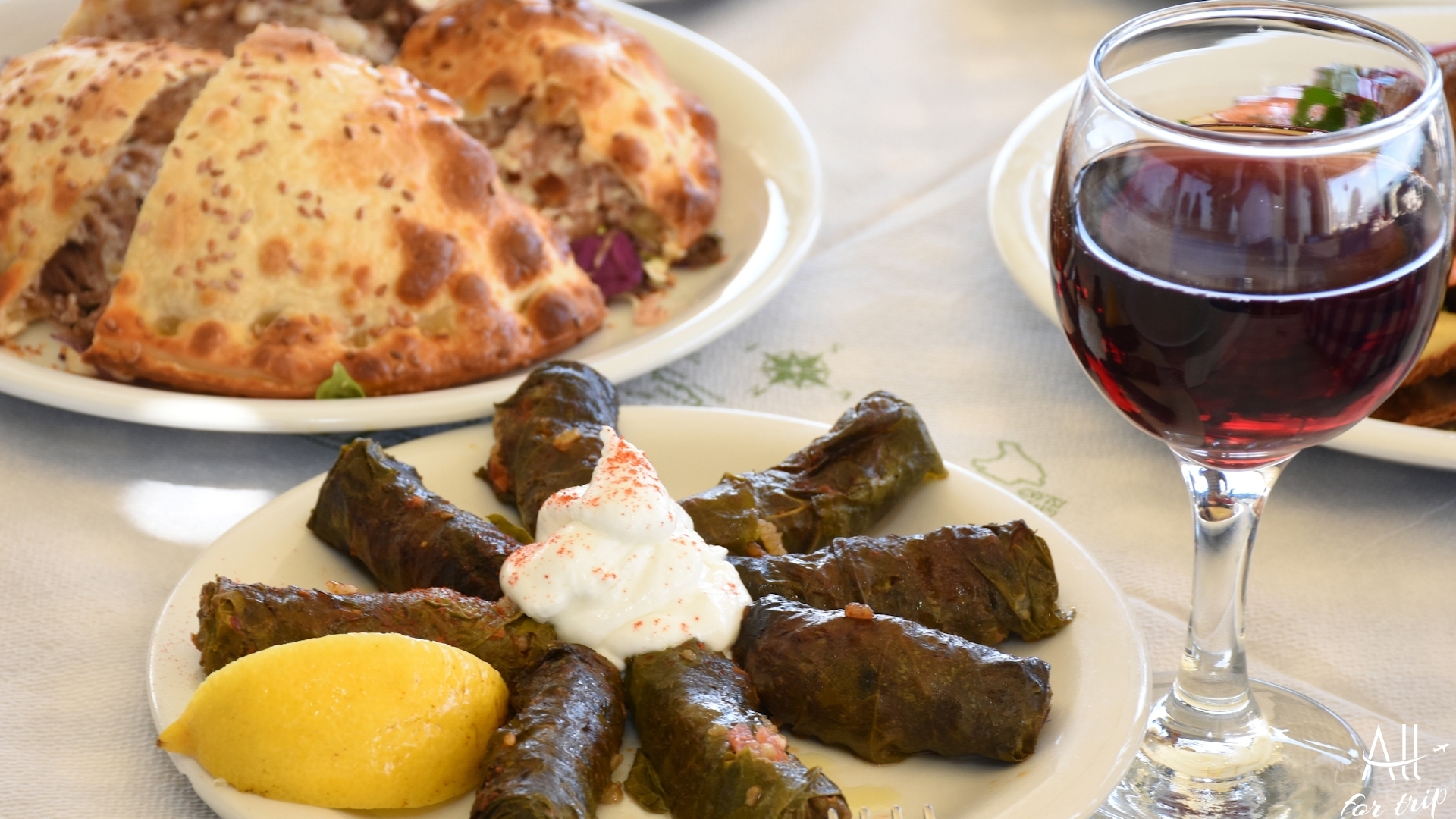
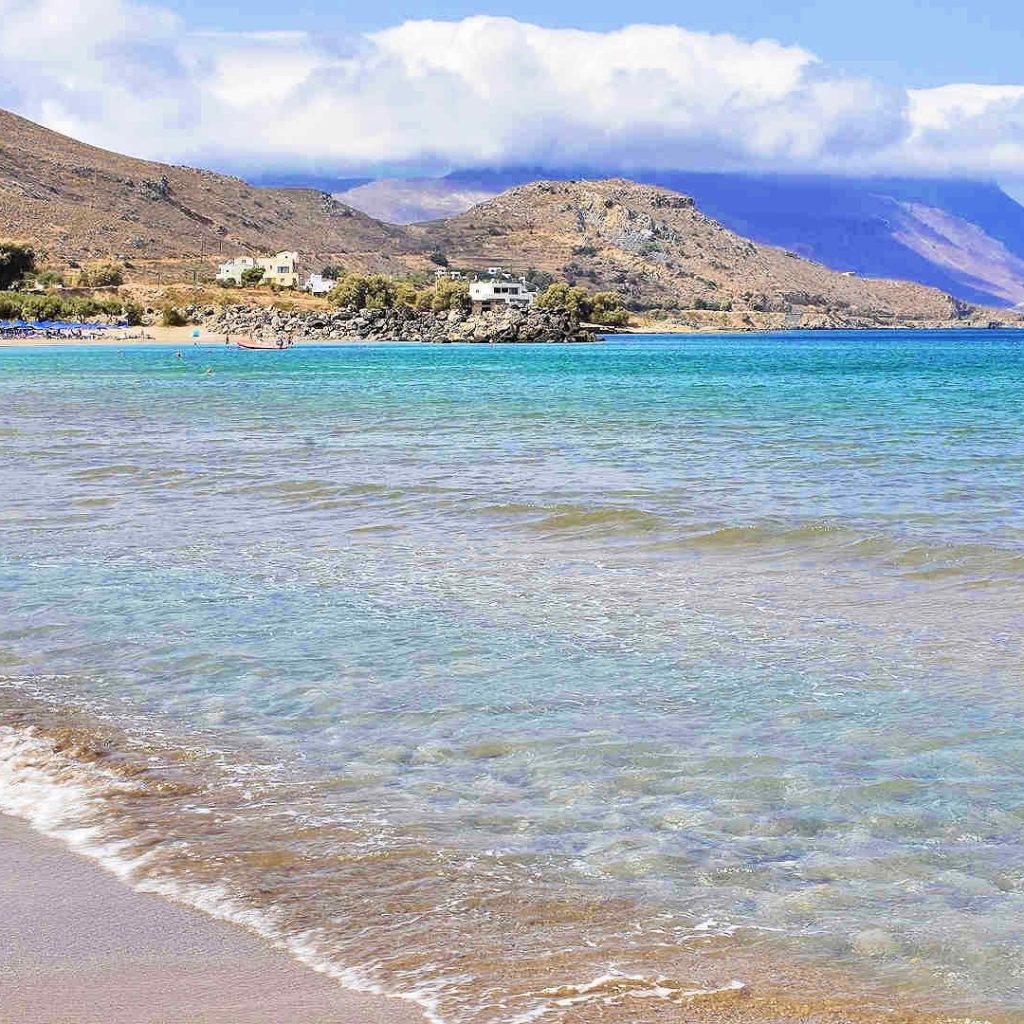
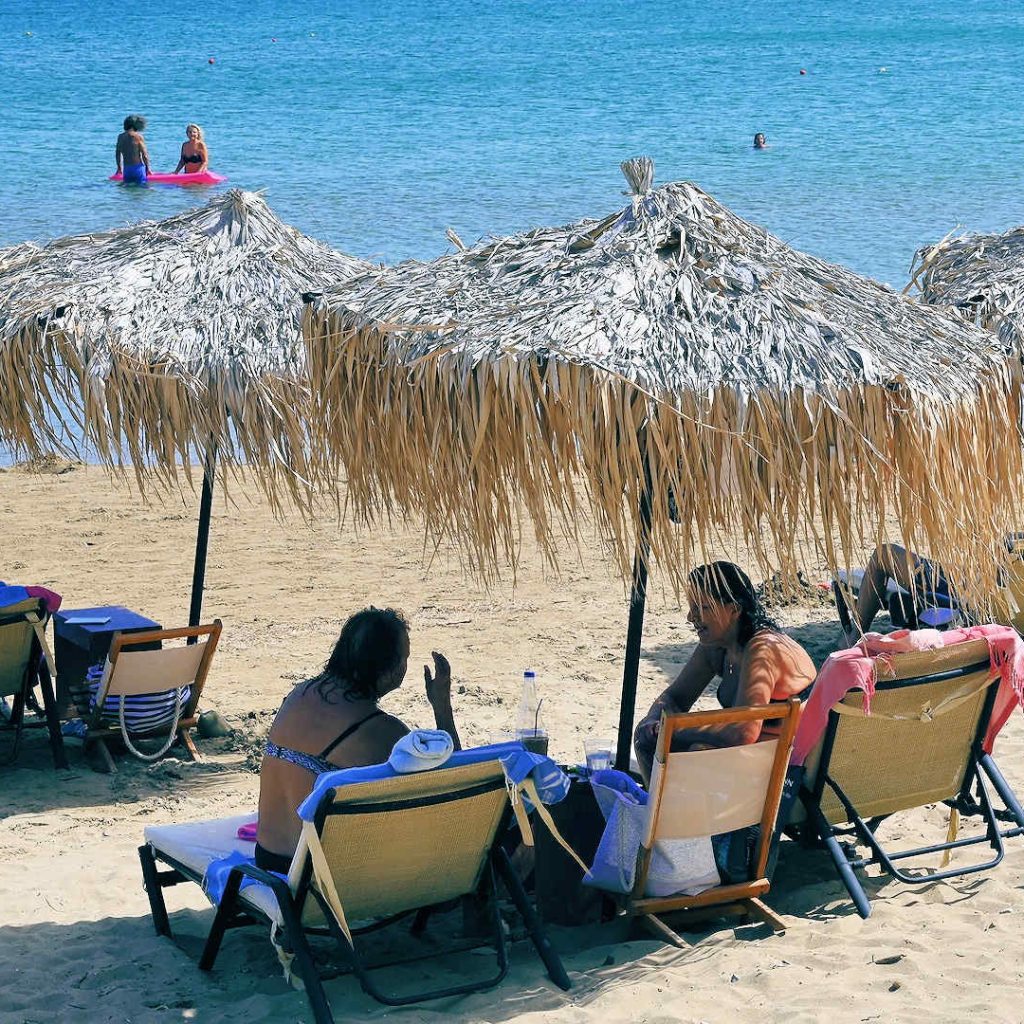
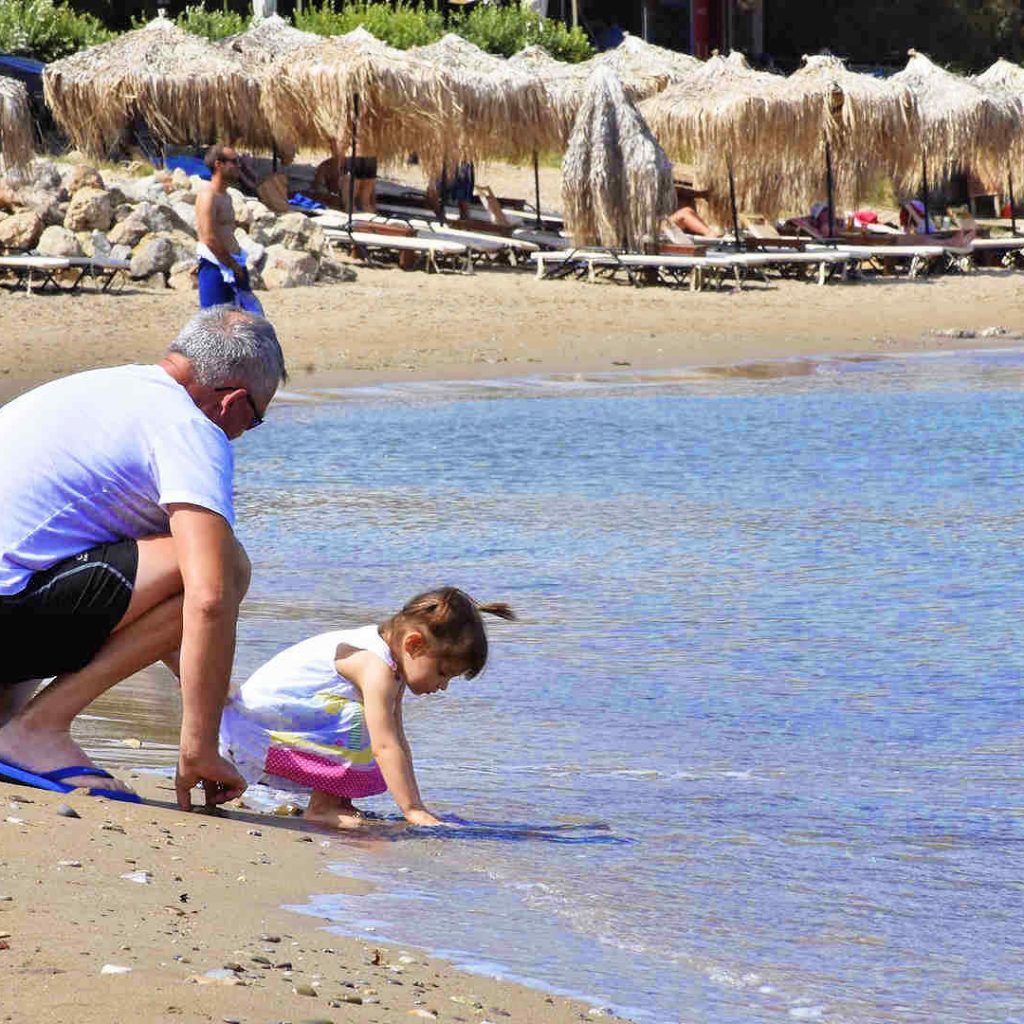

Comment (0)